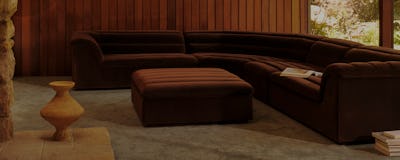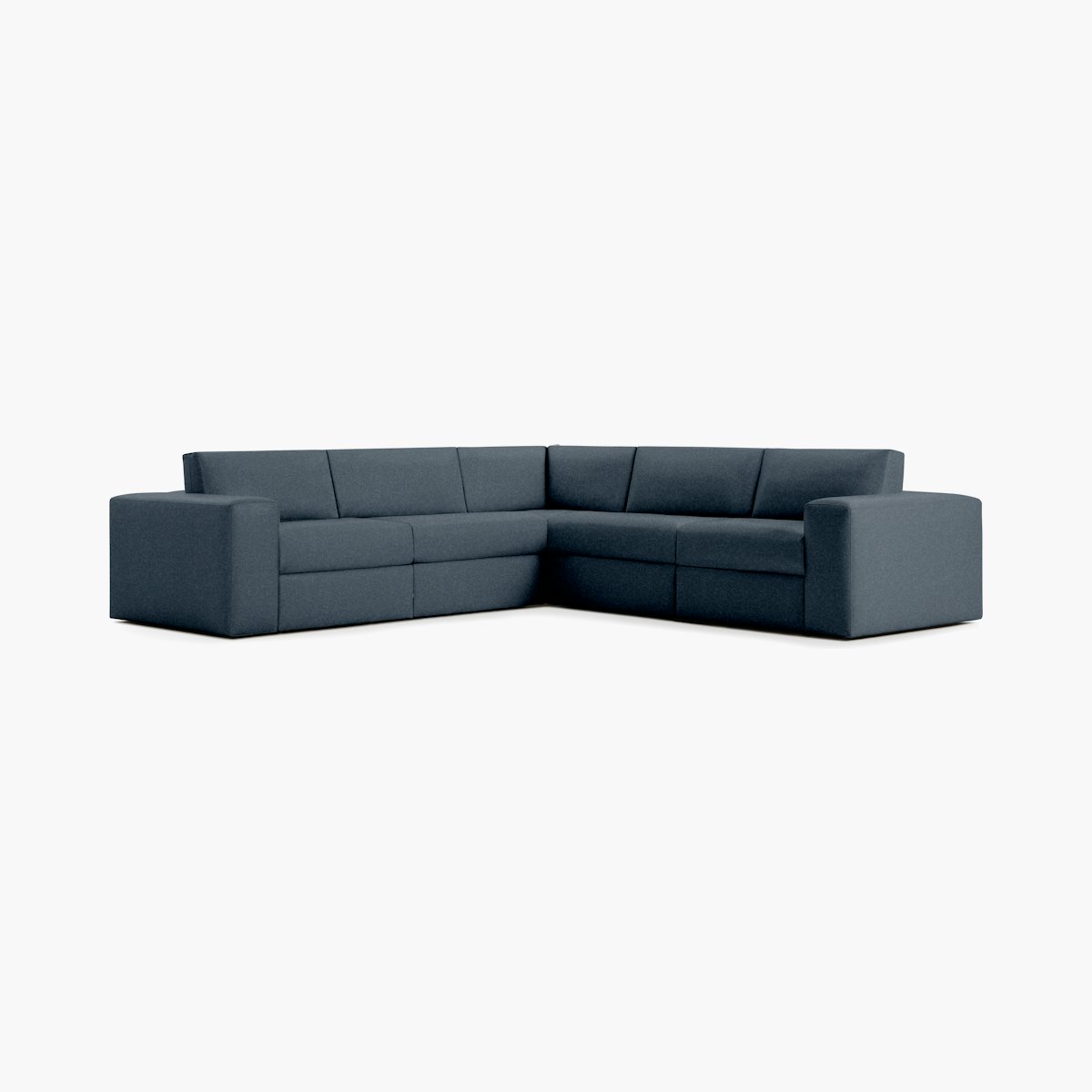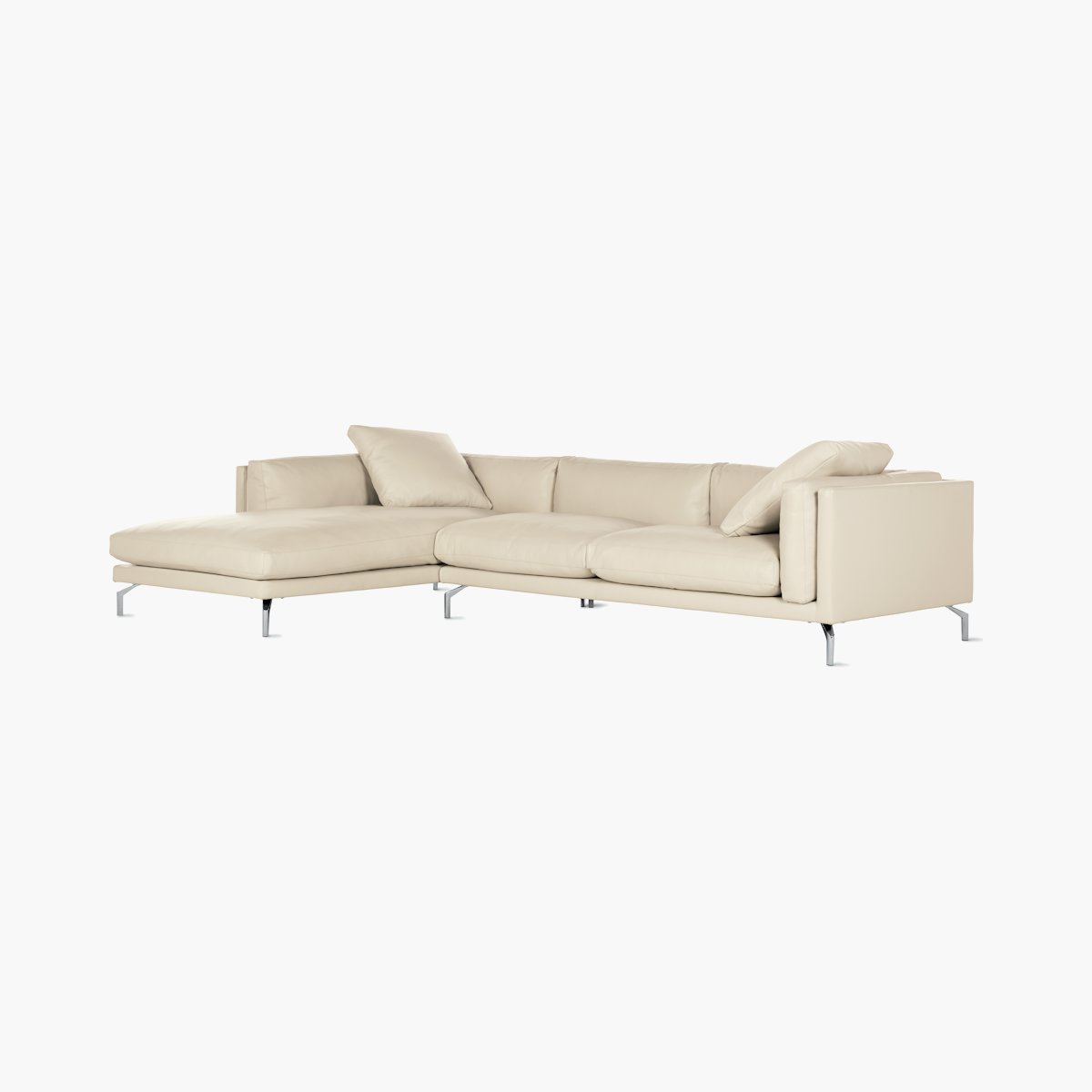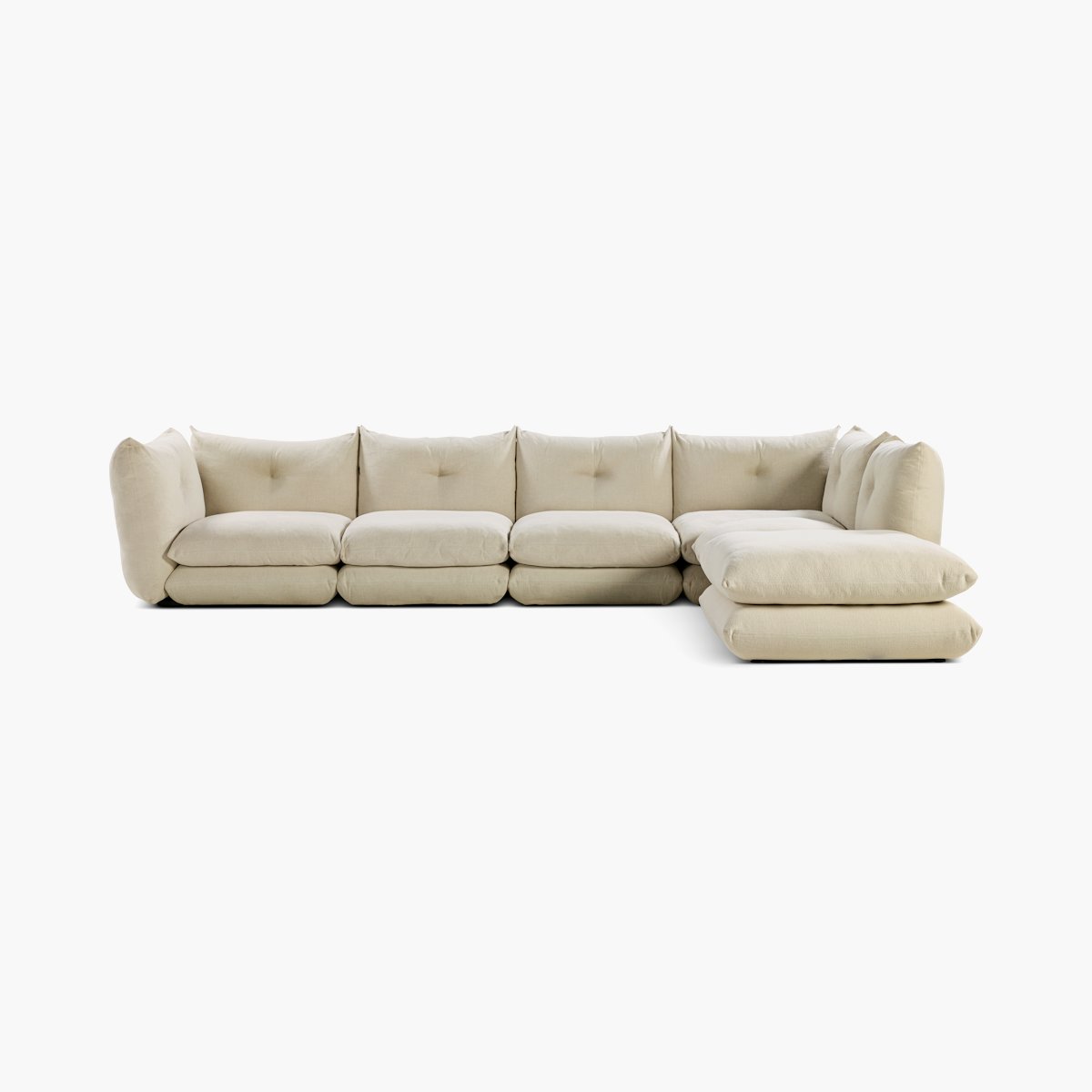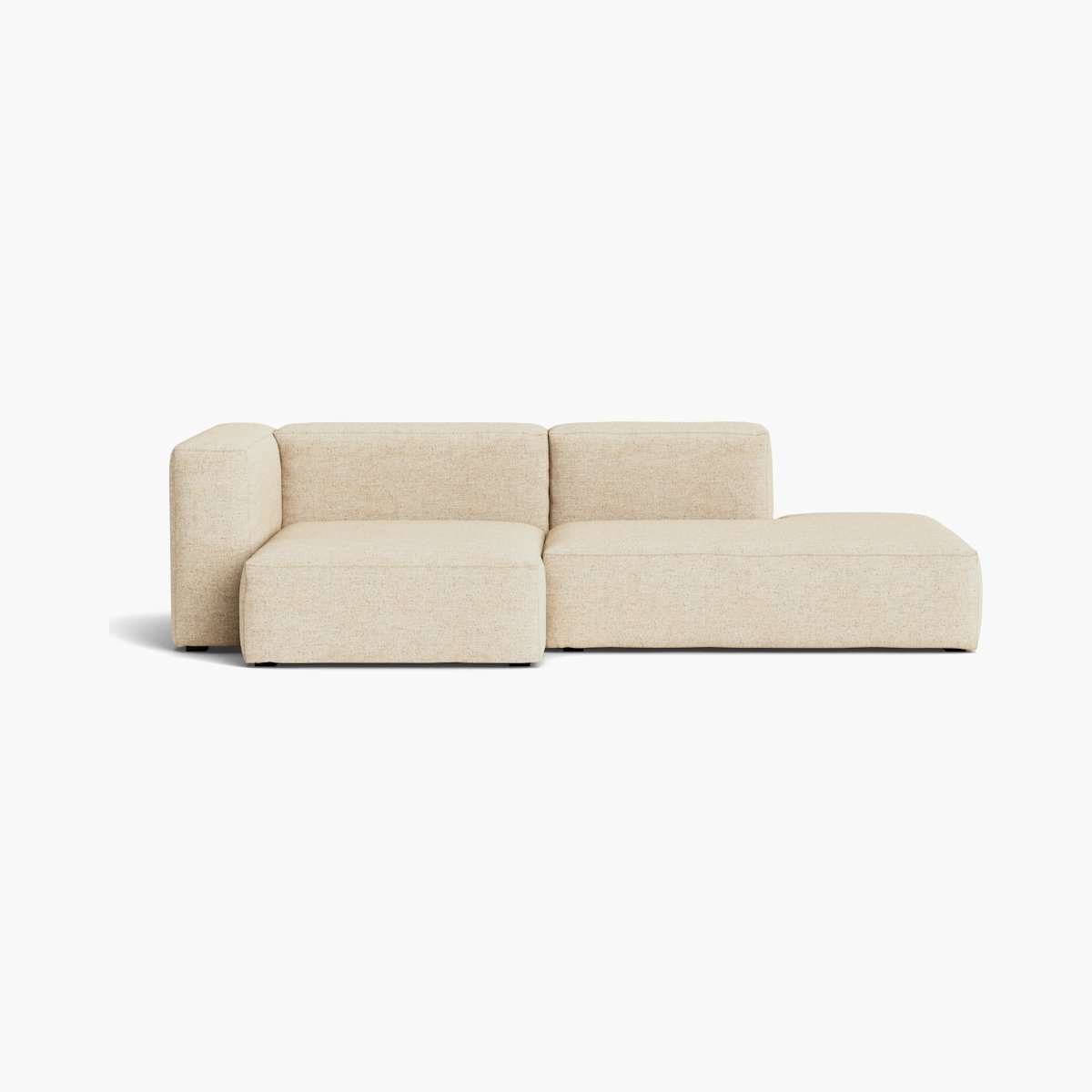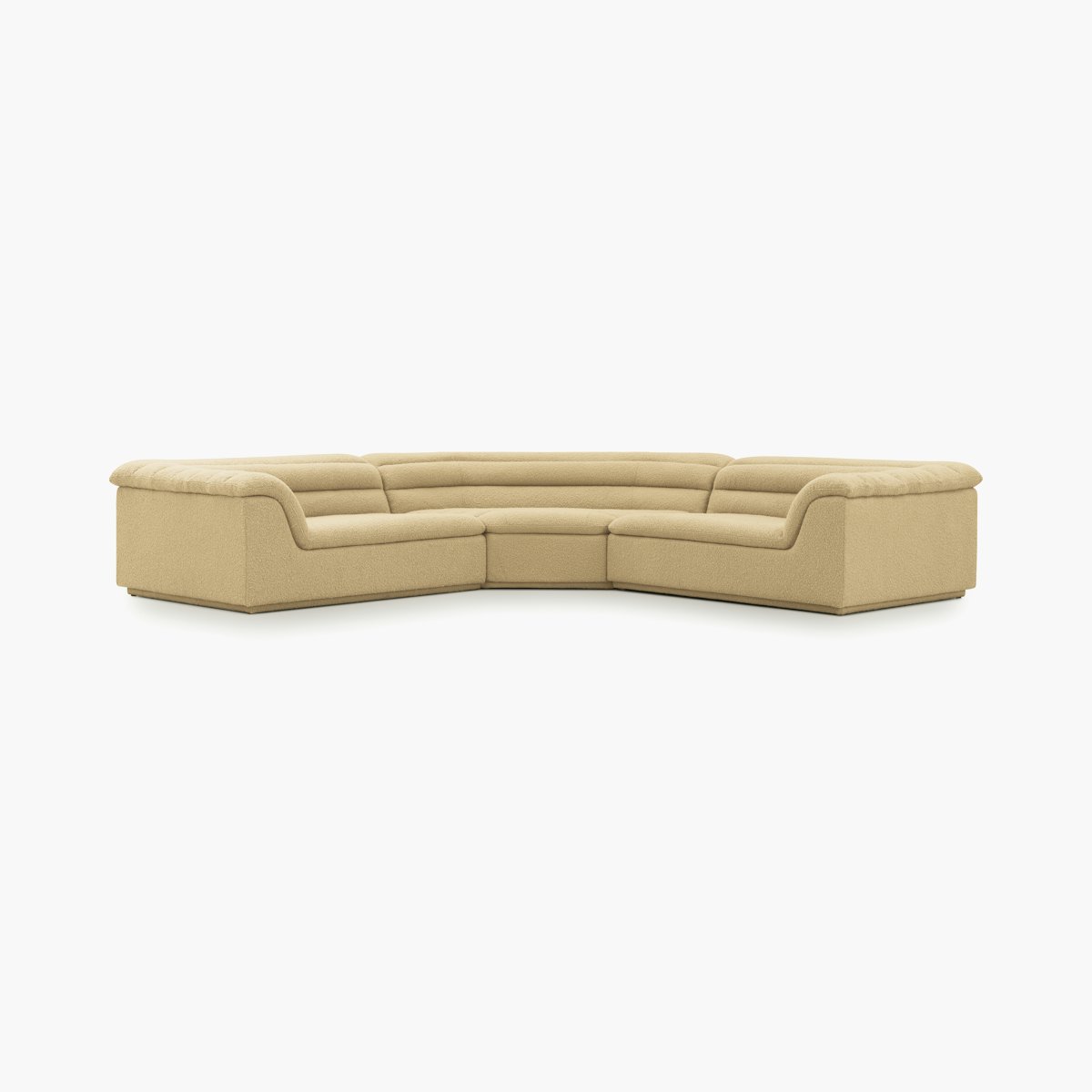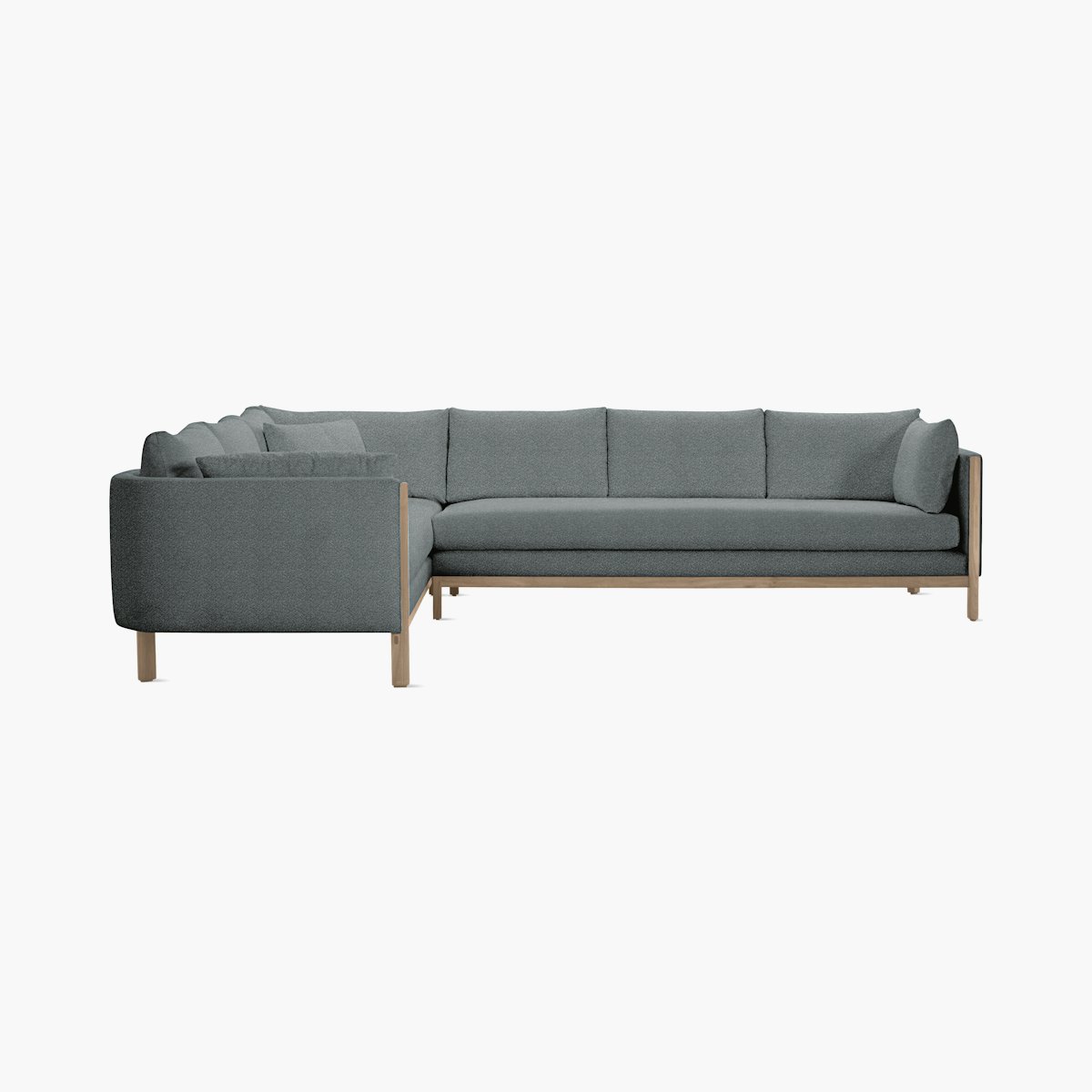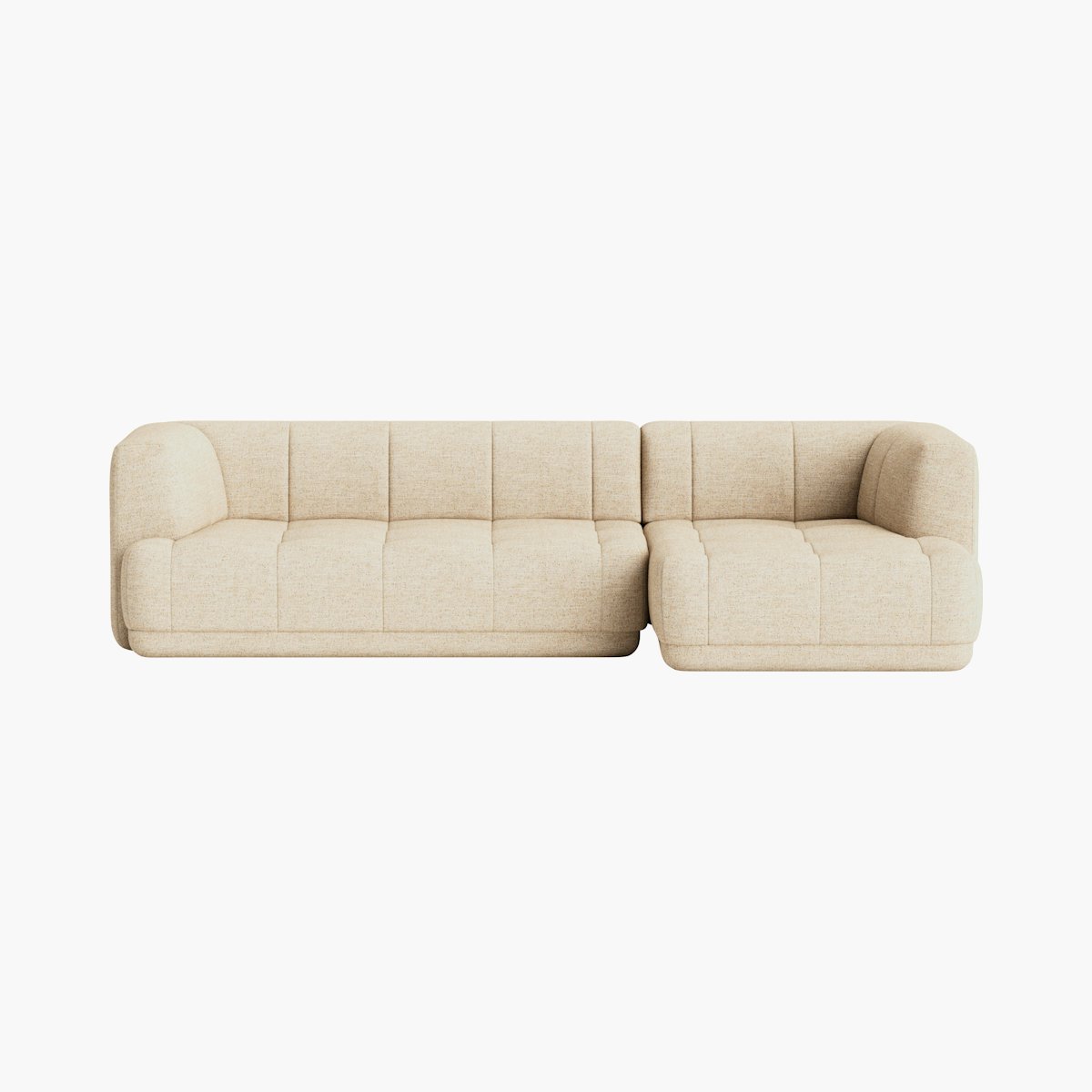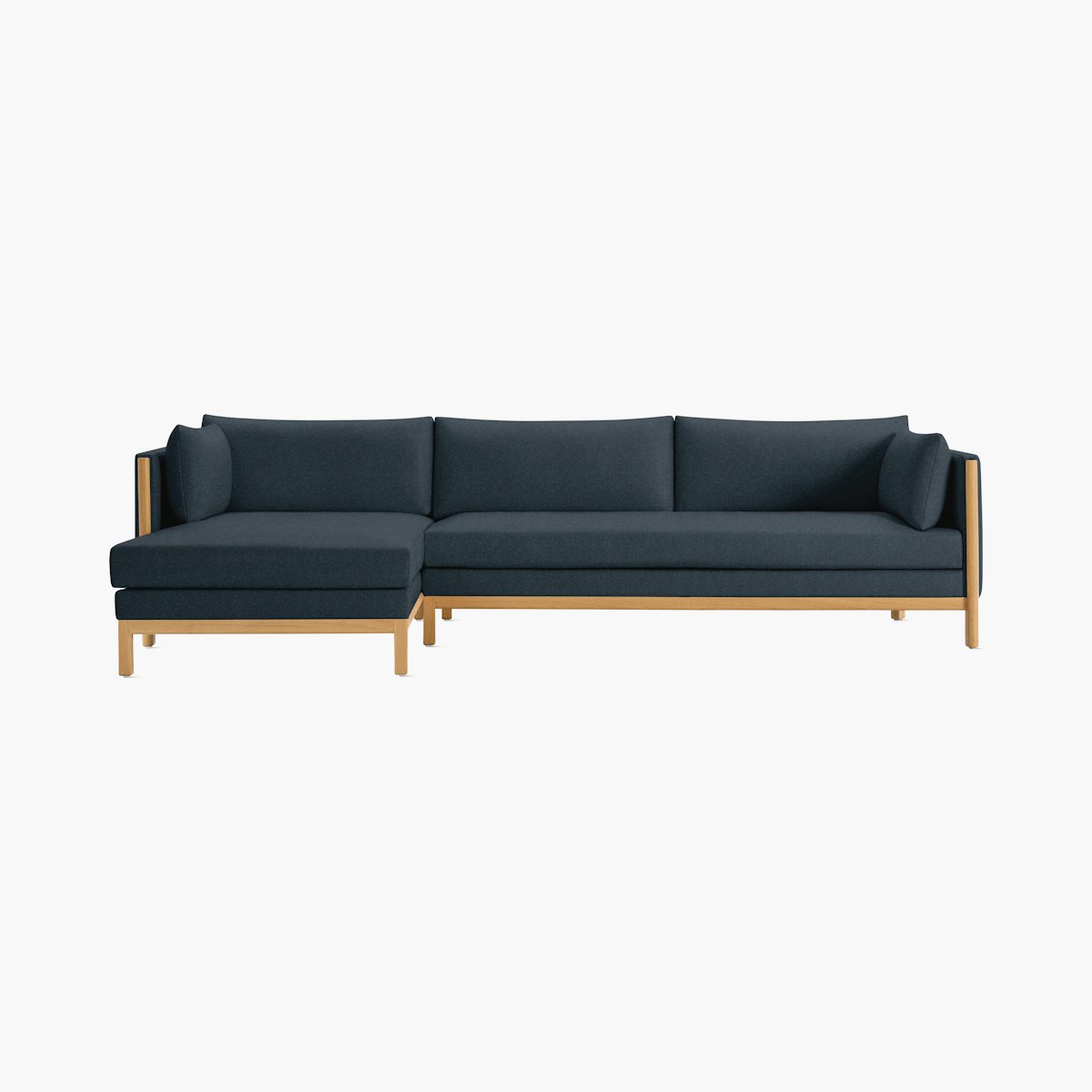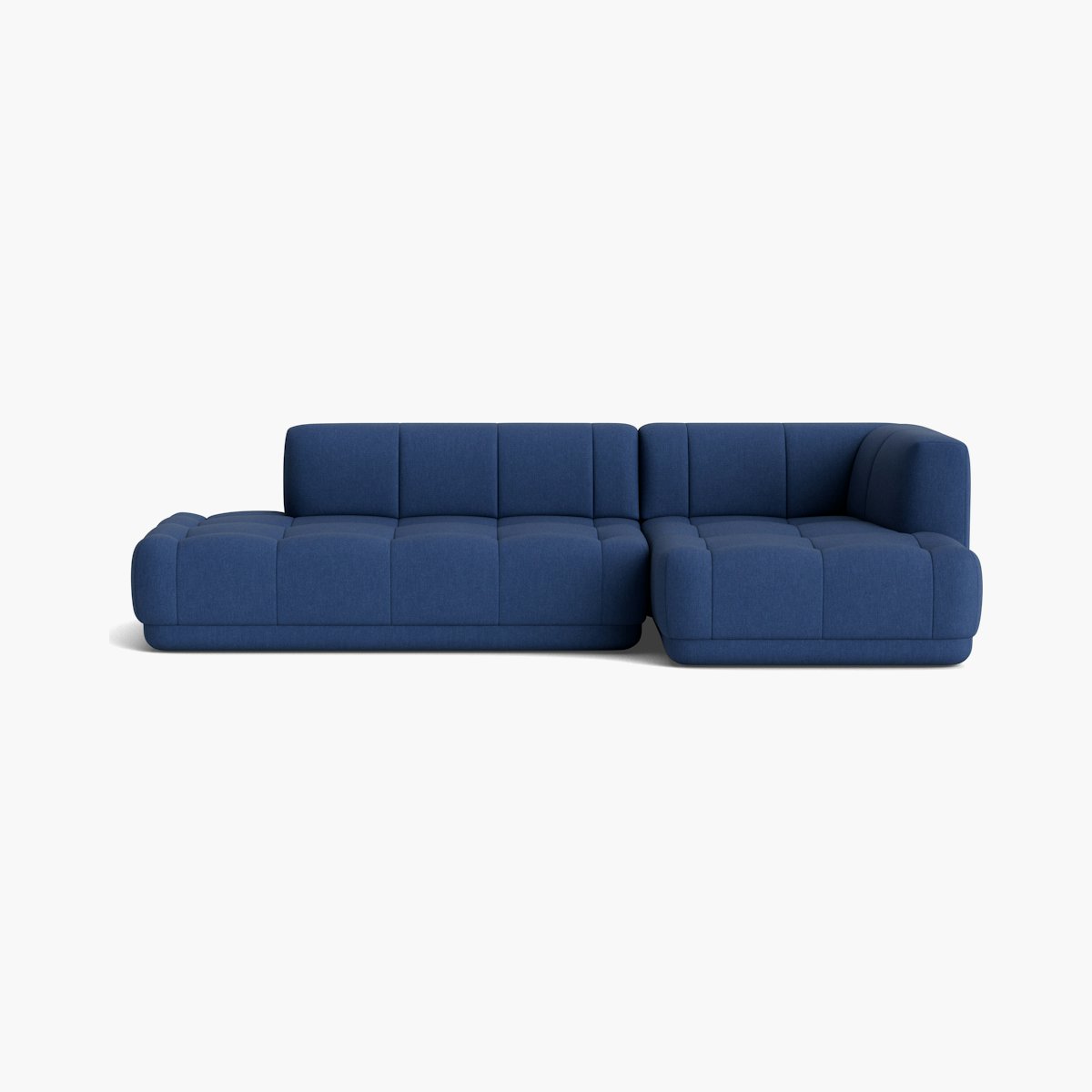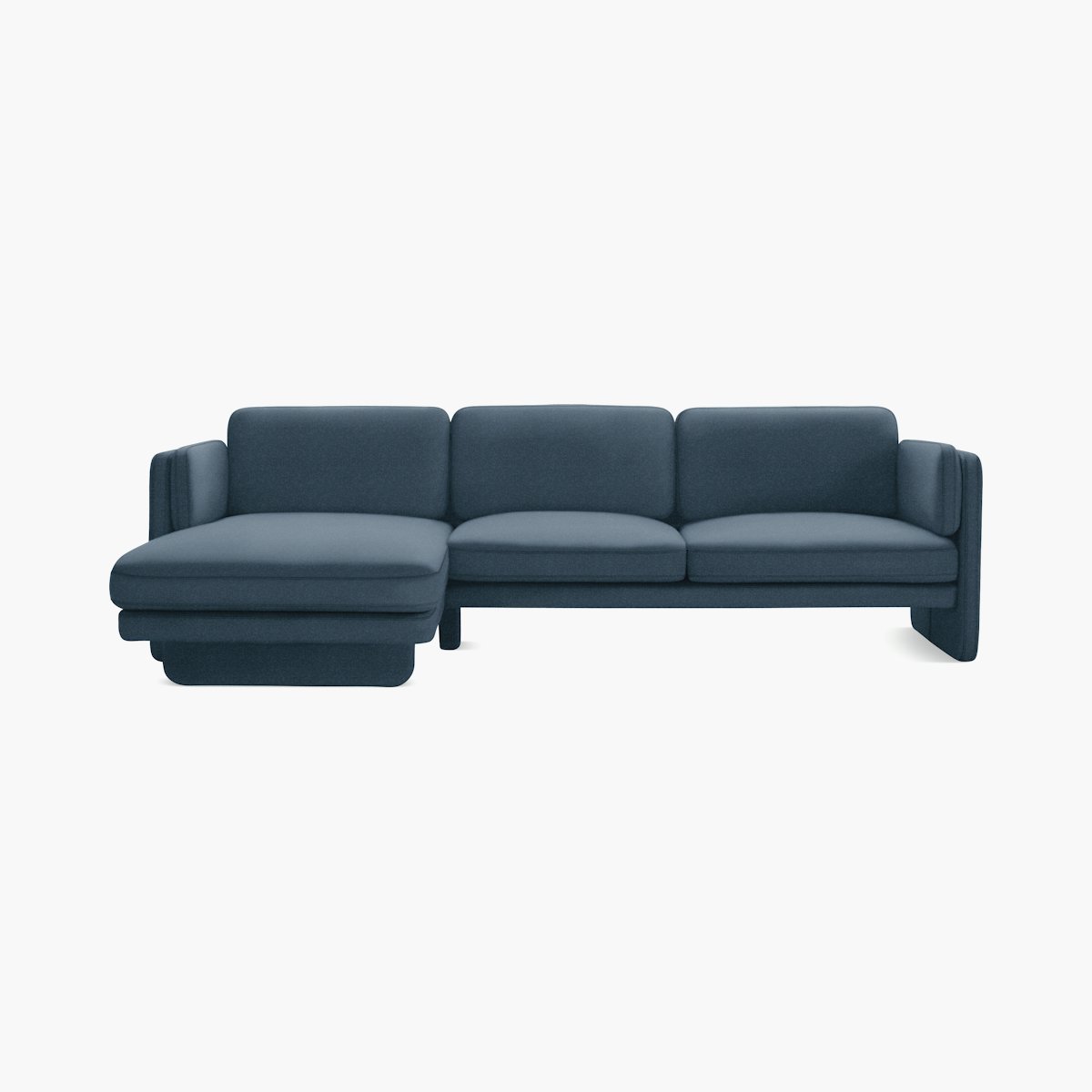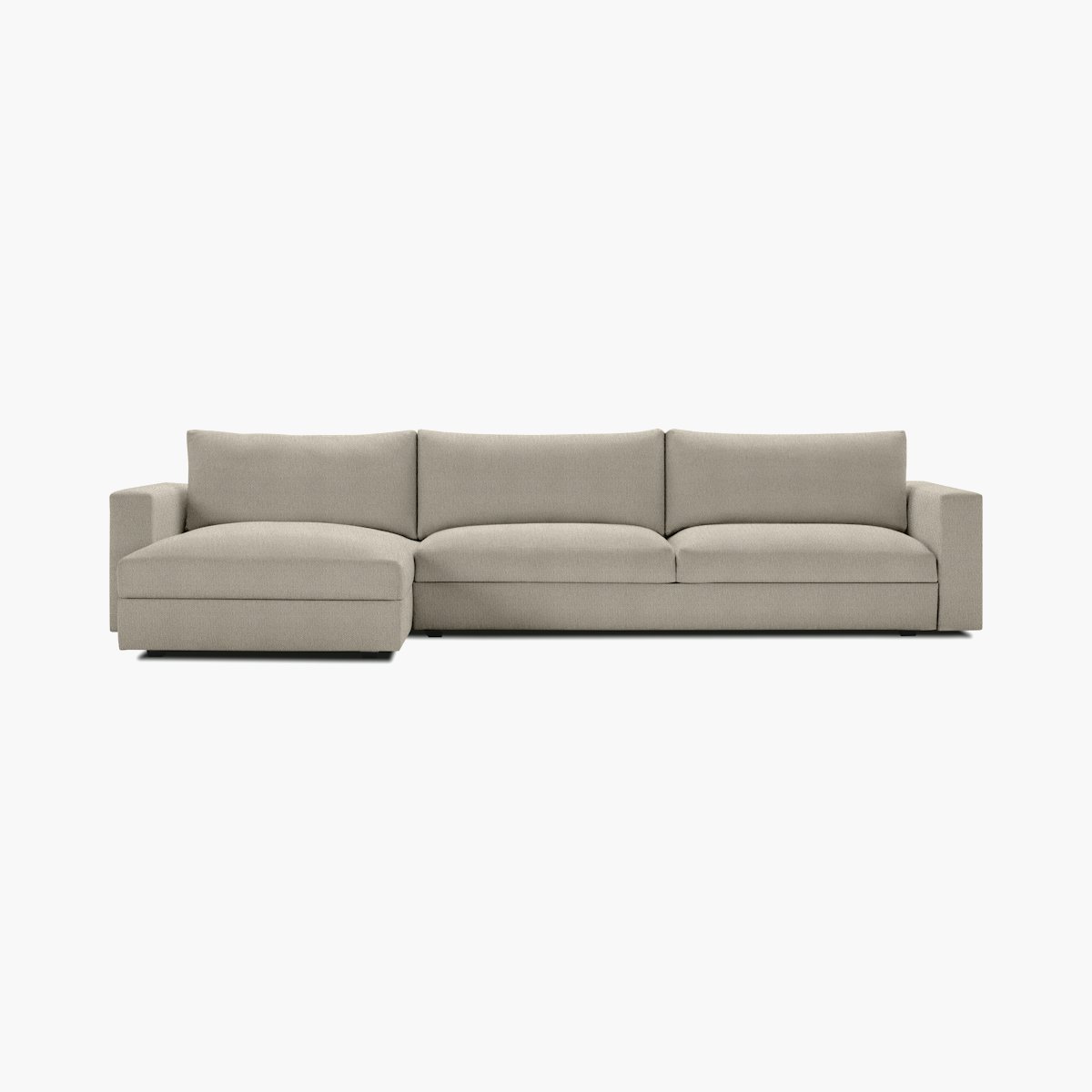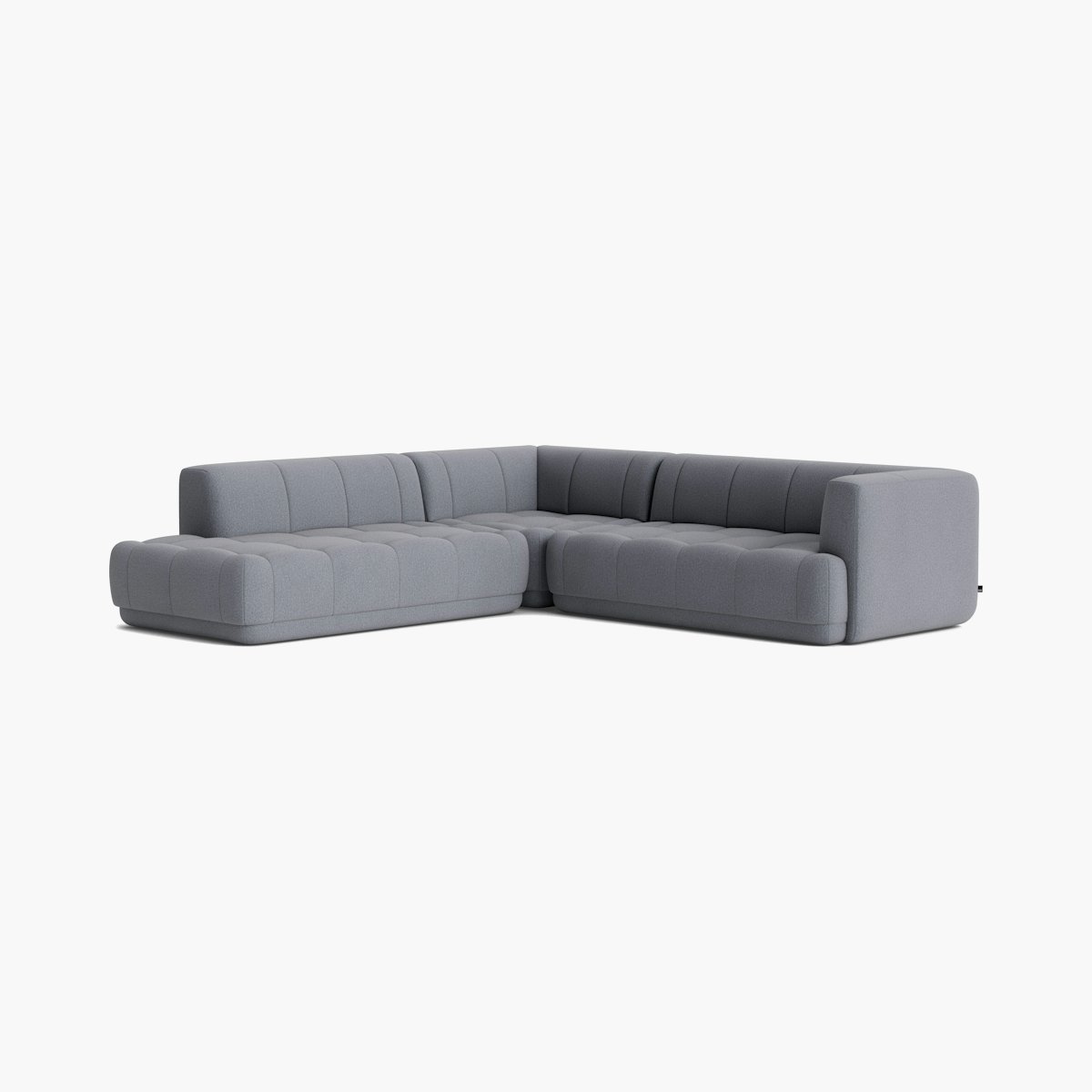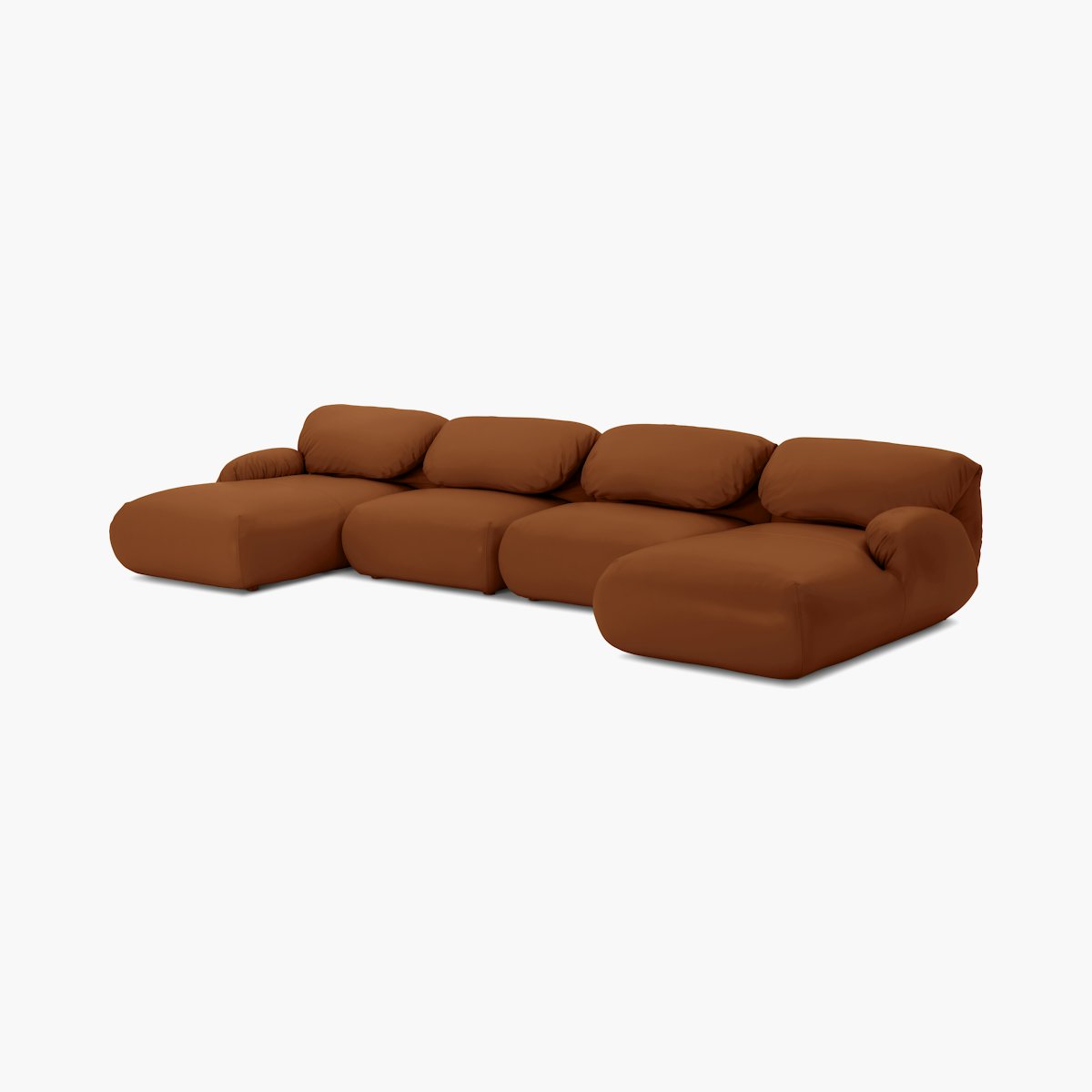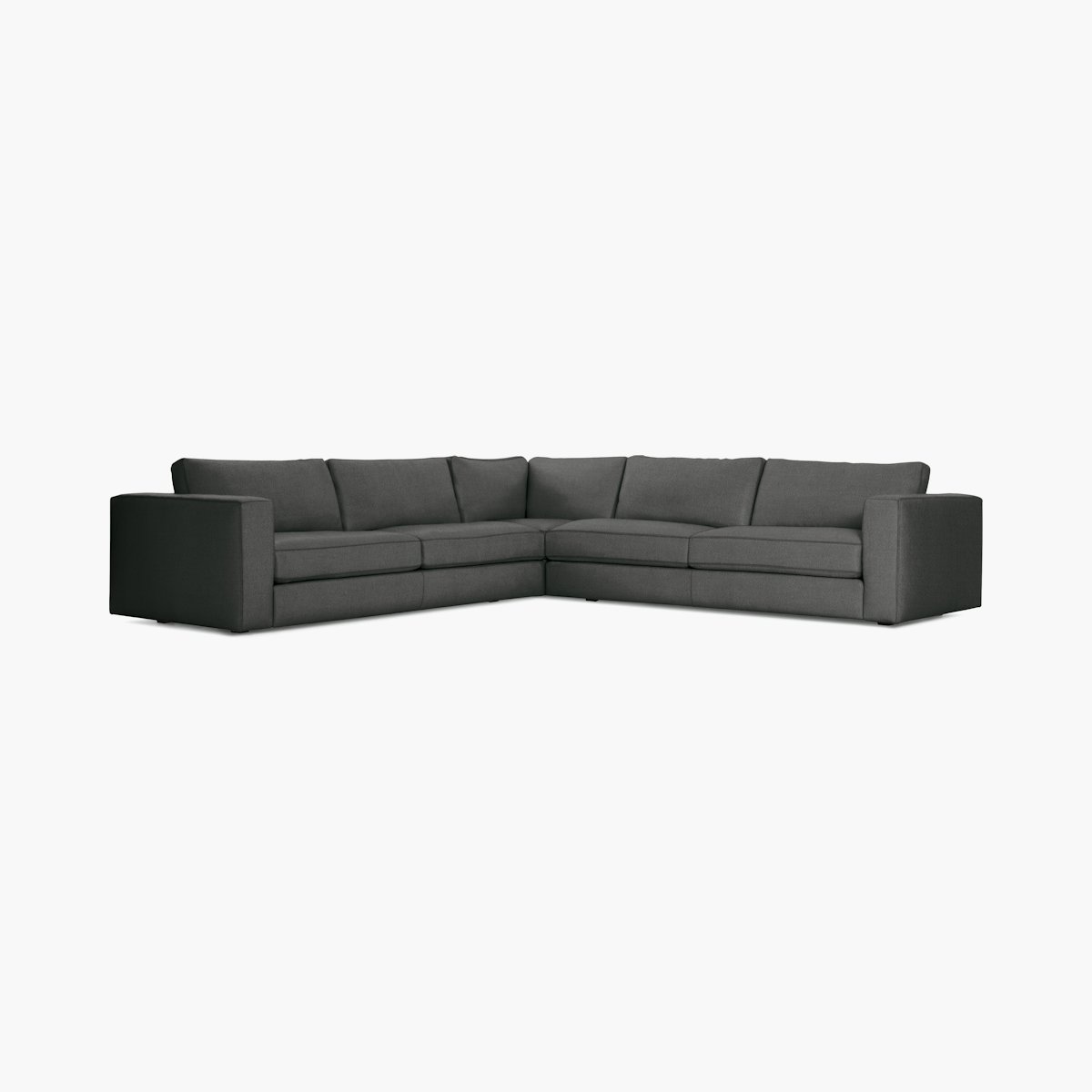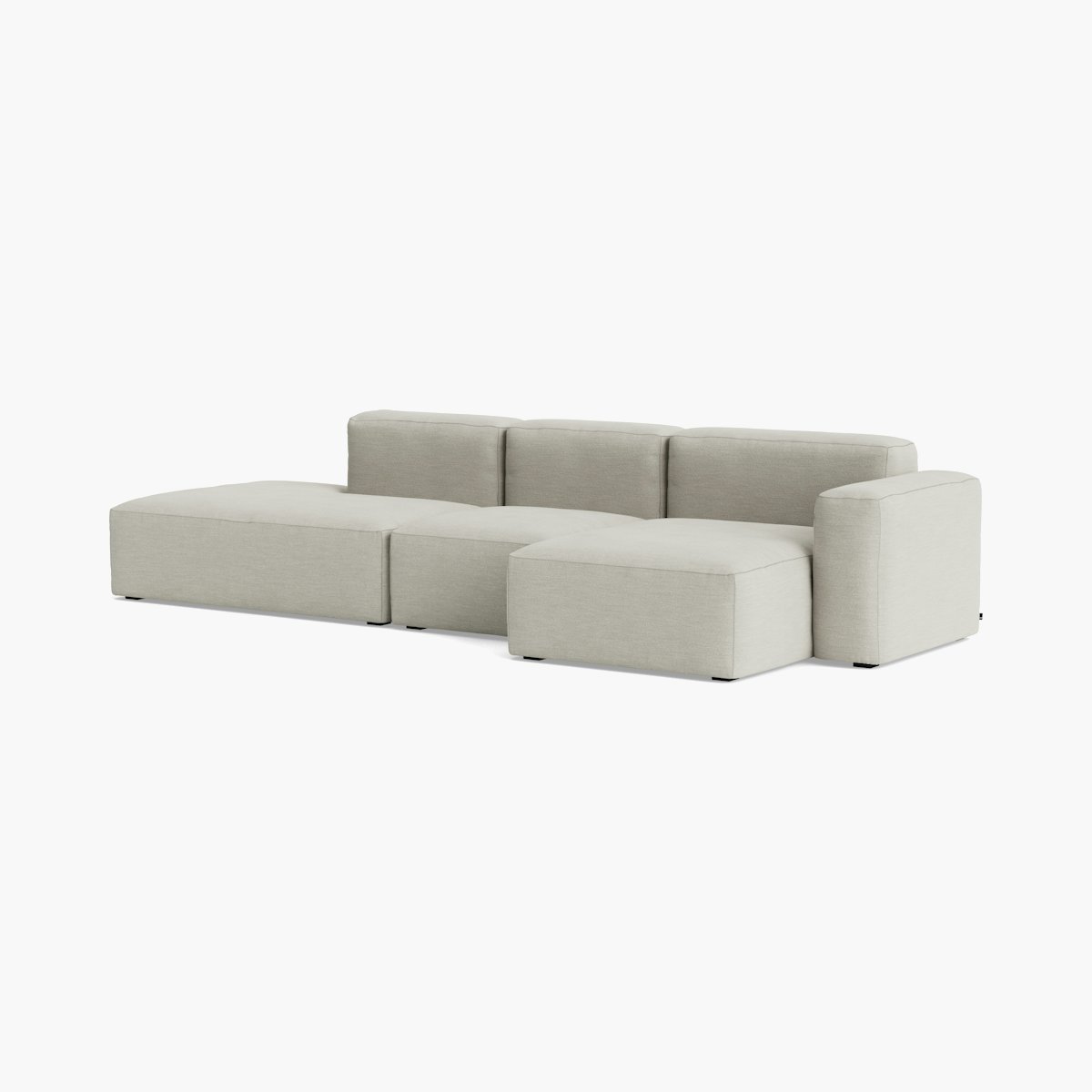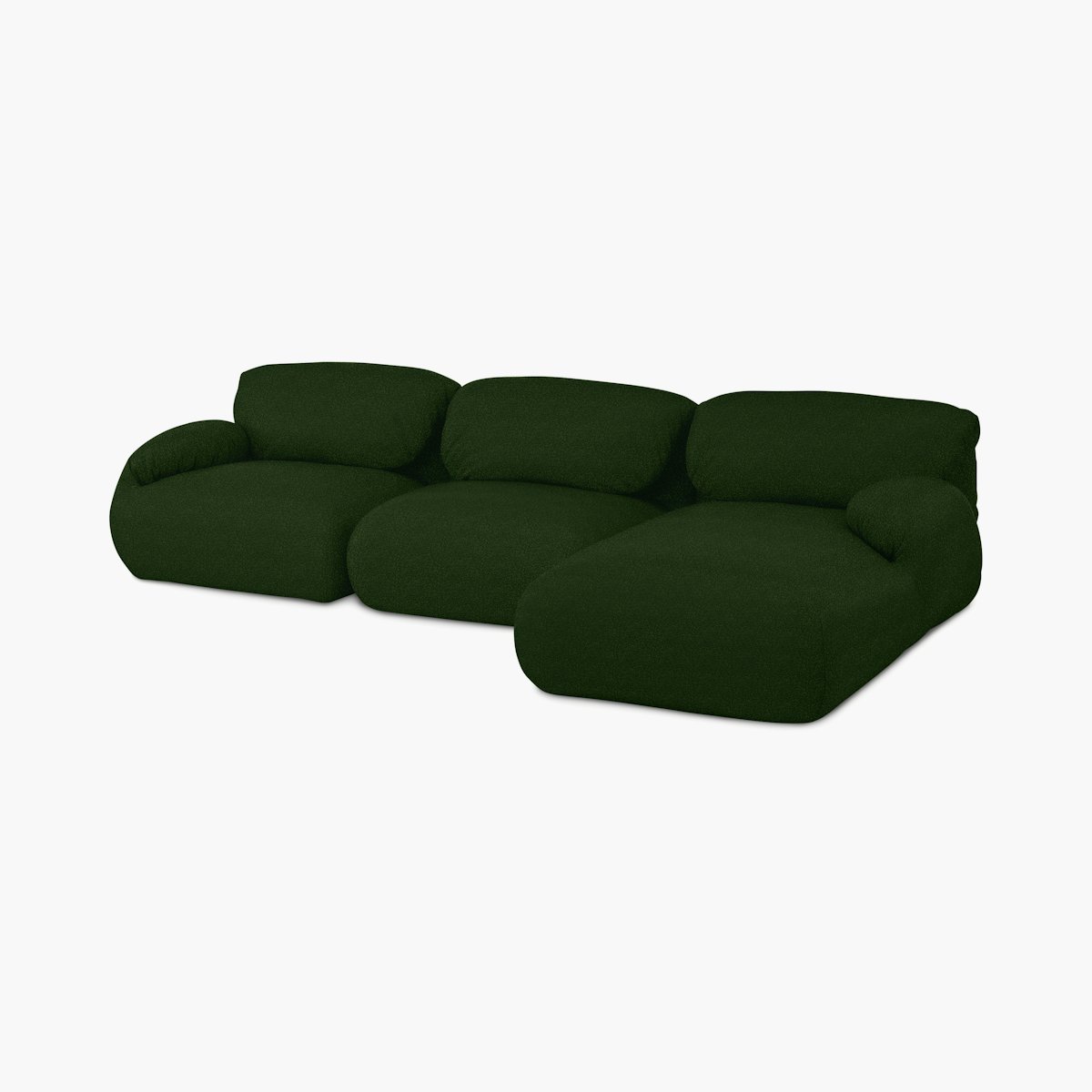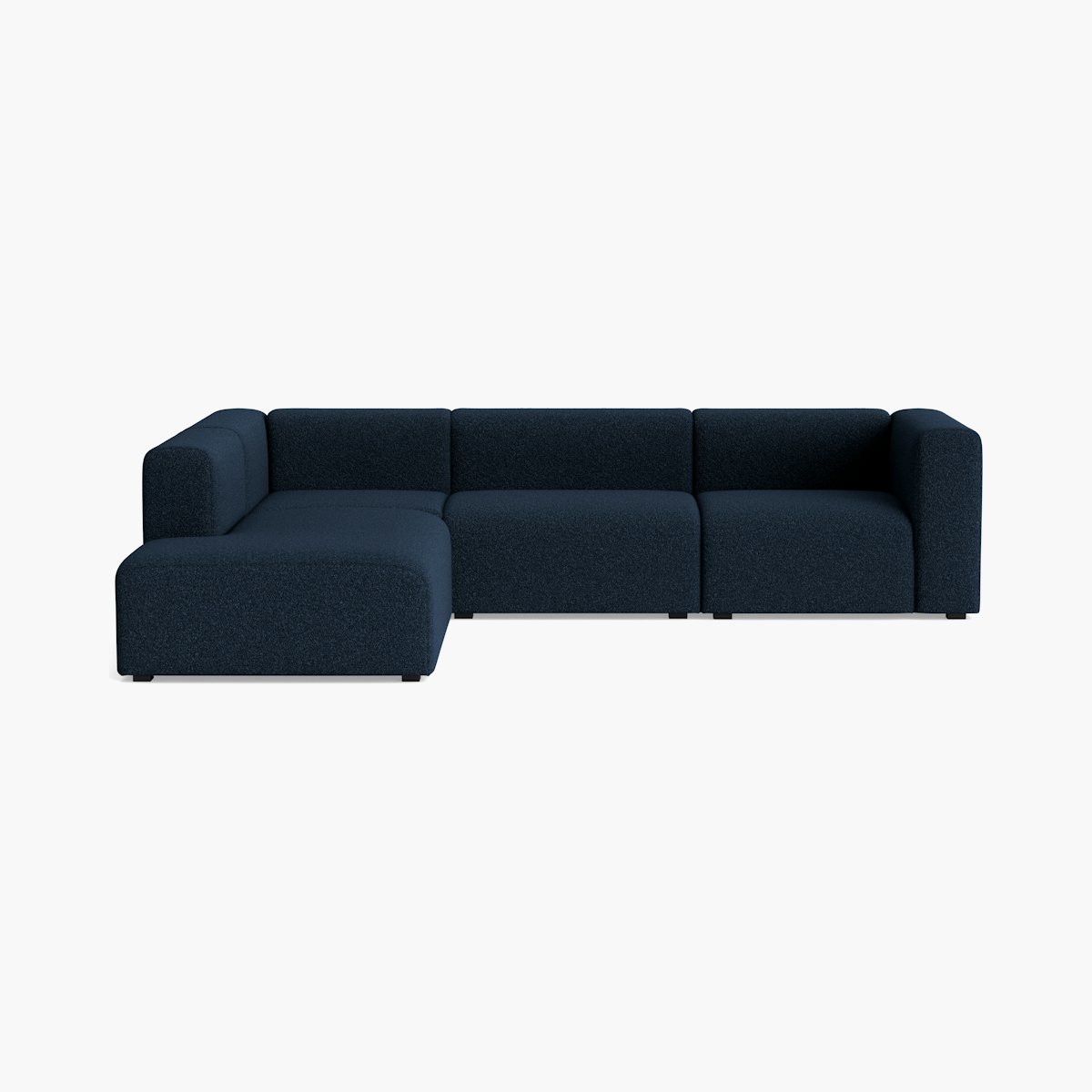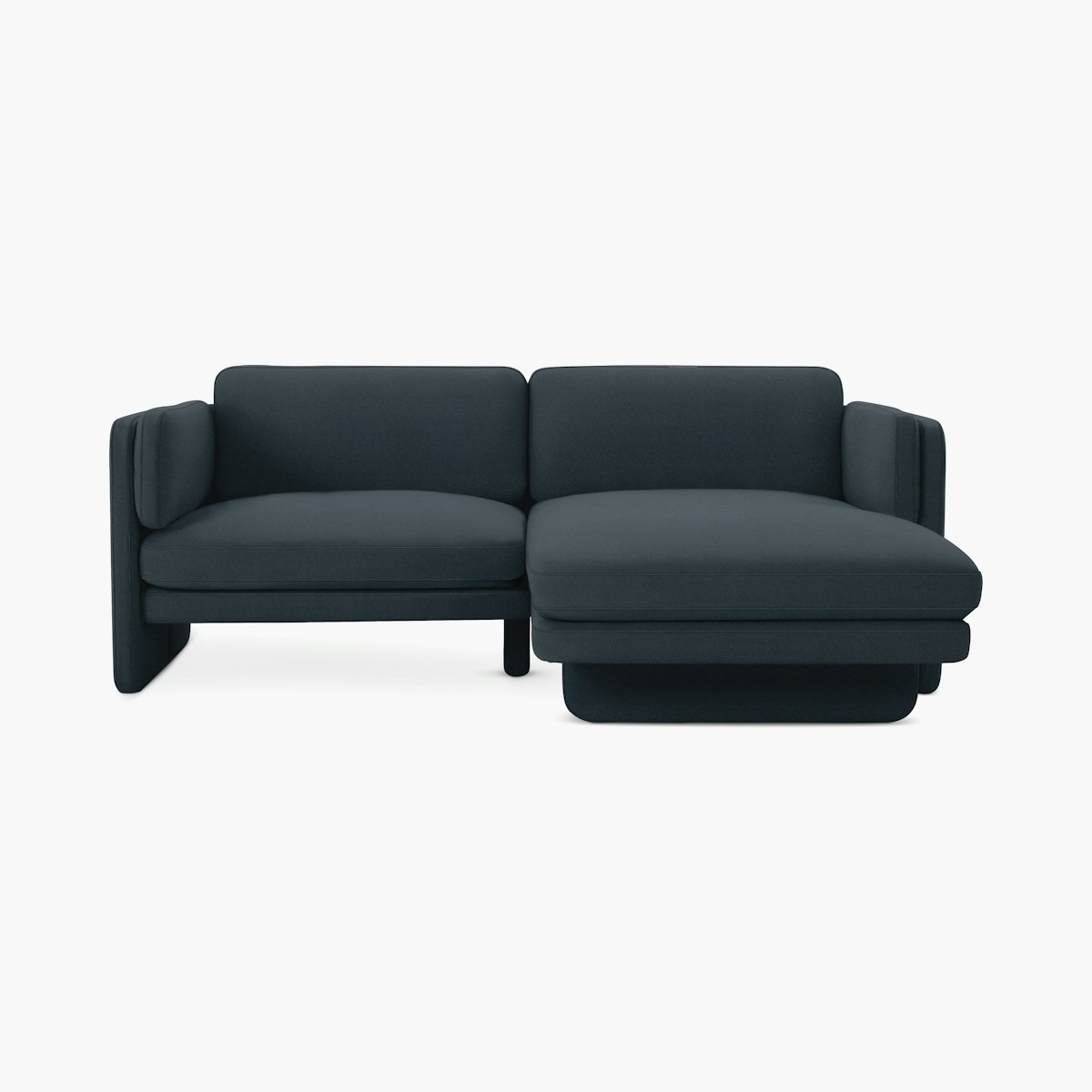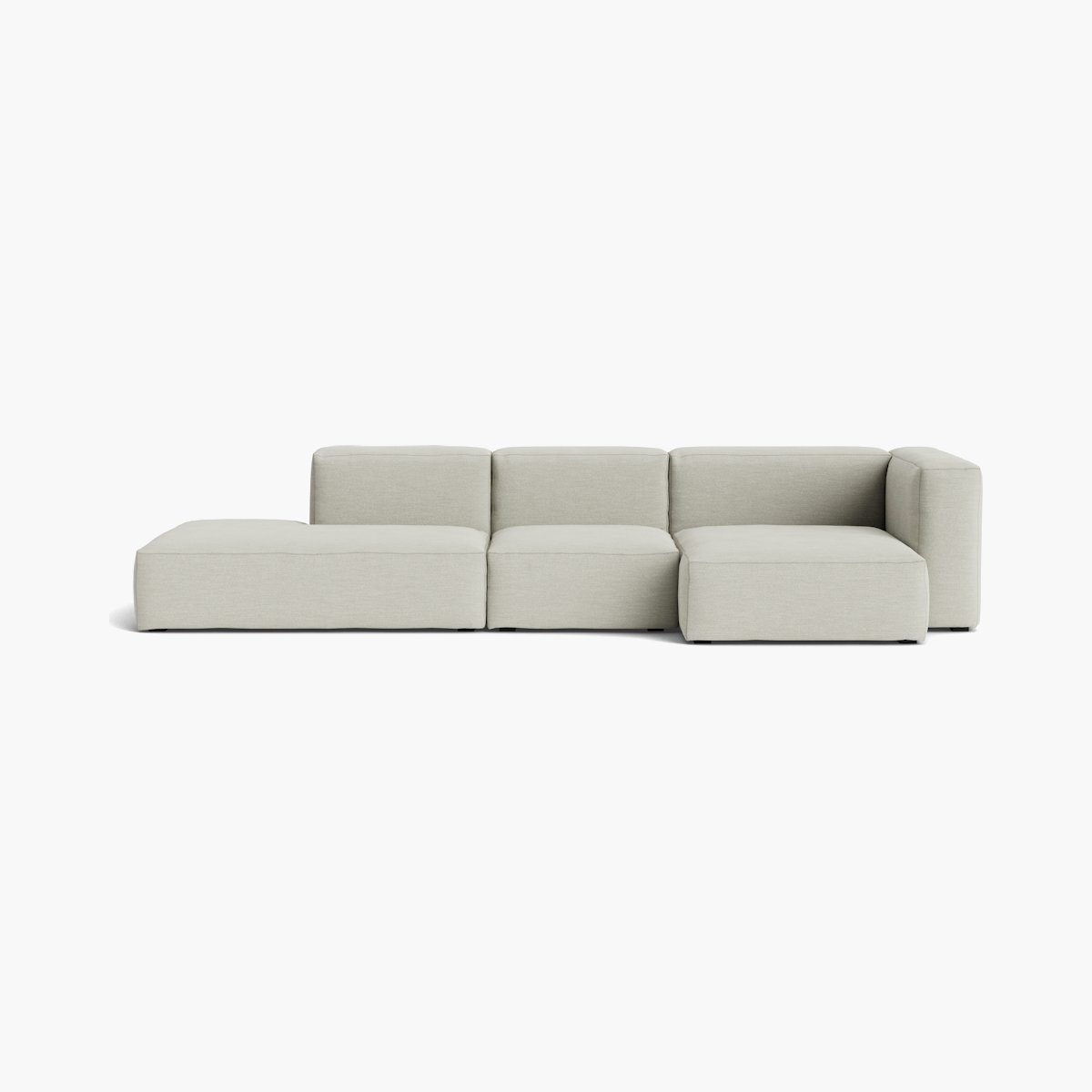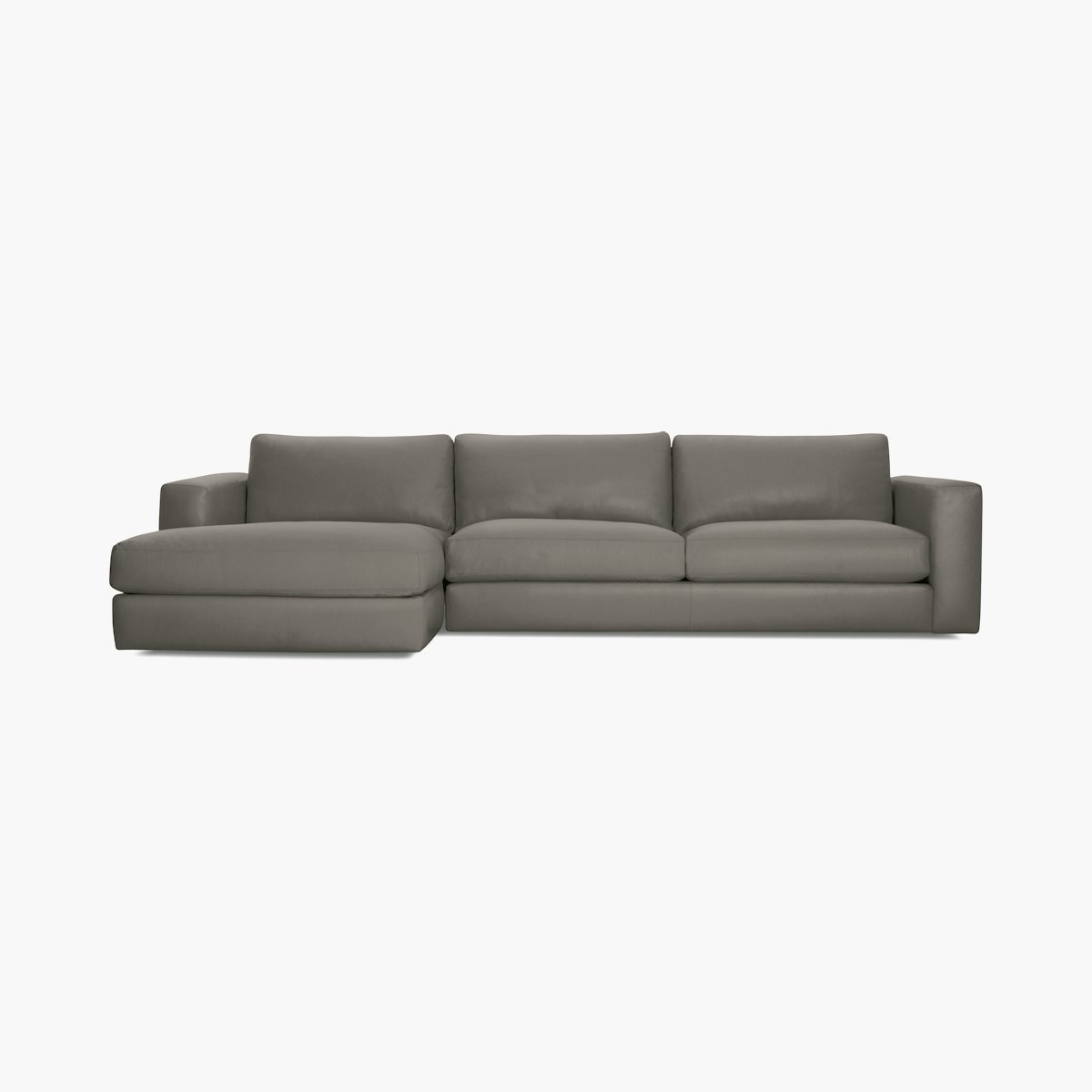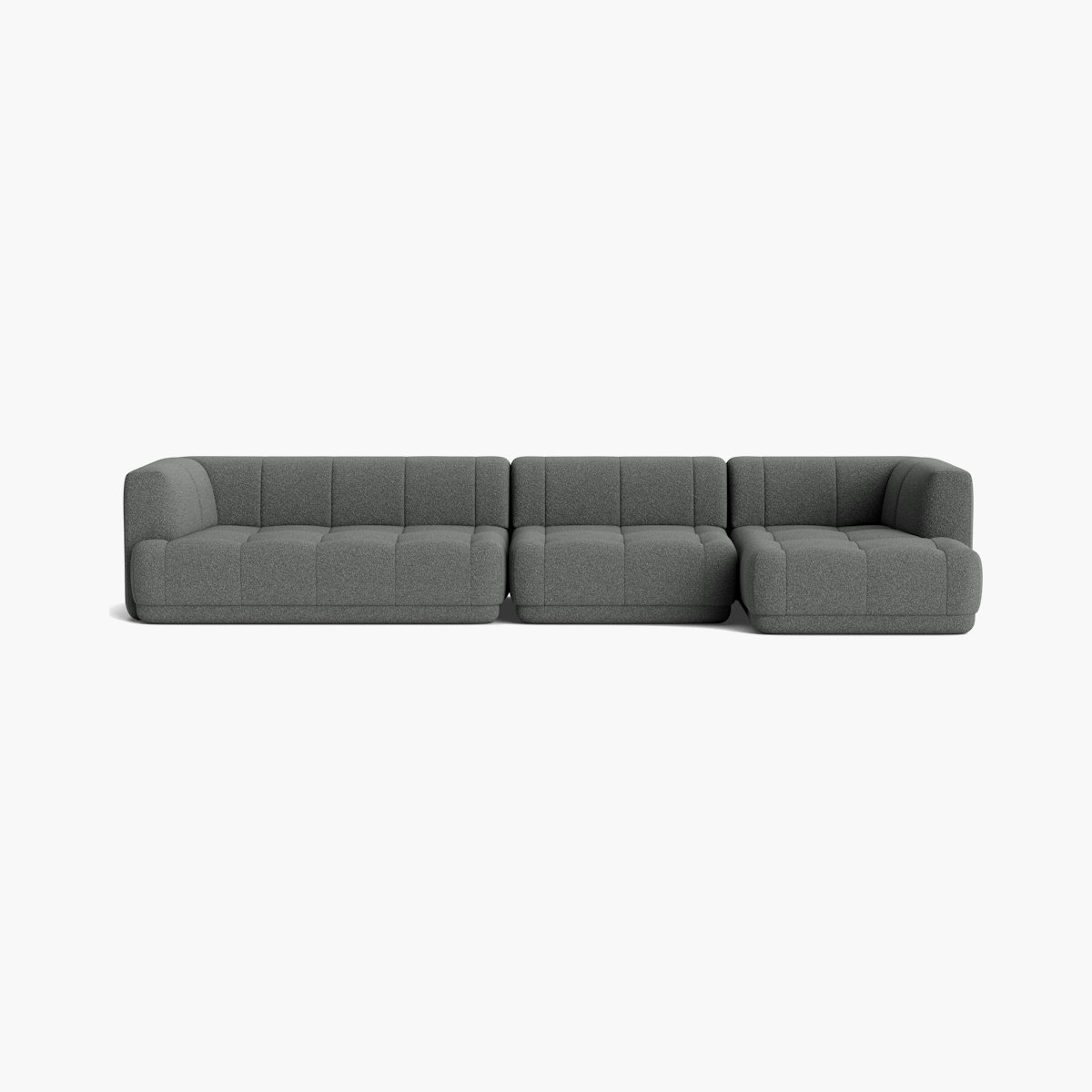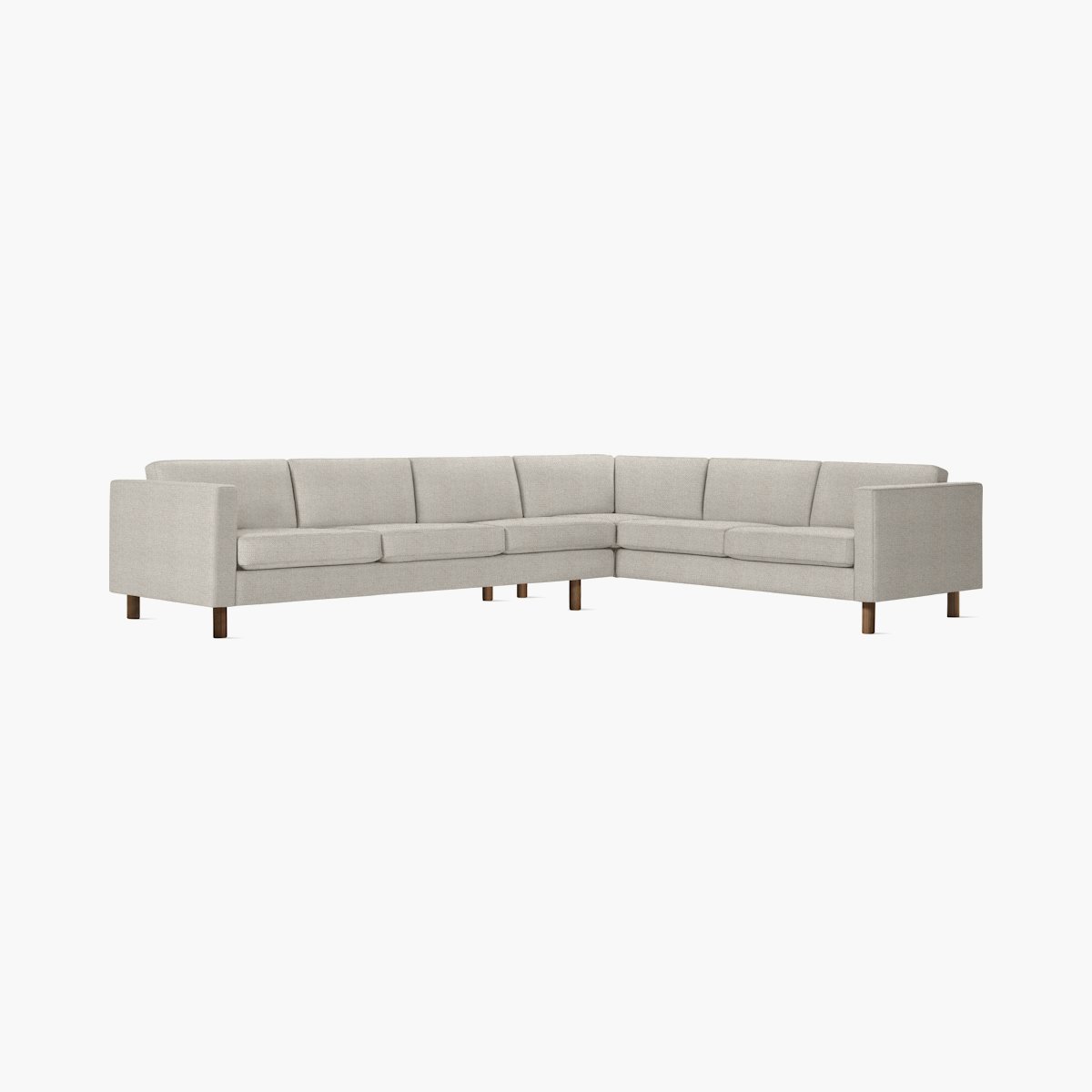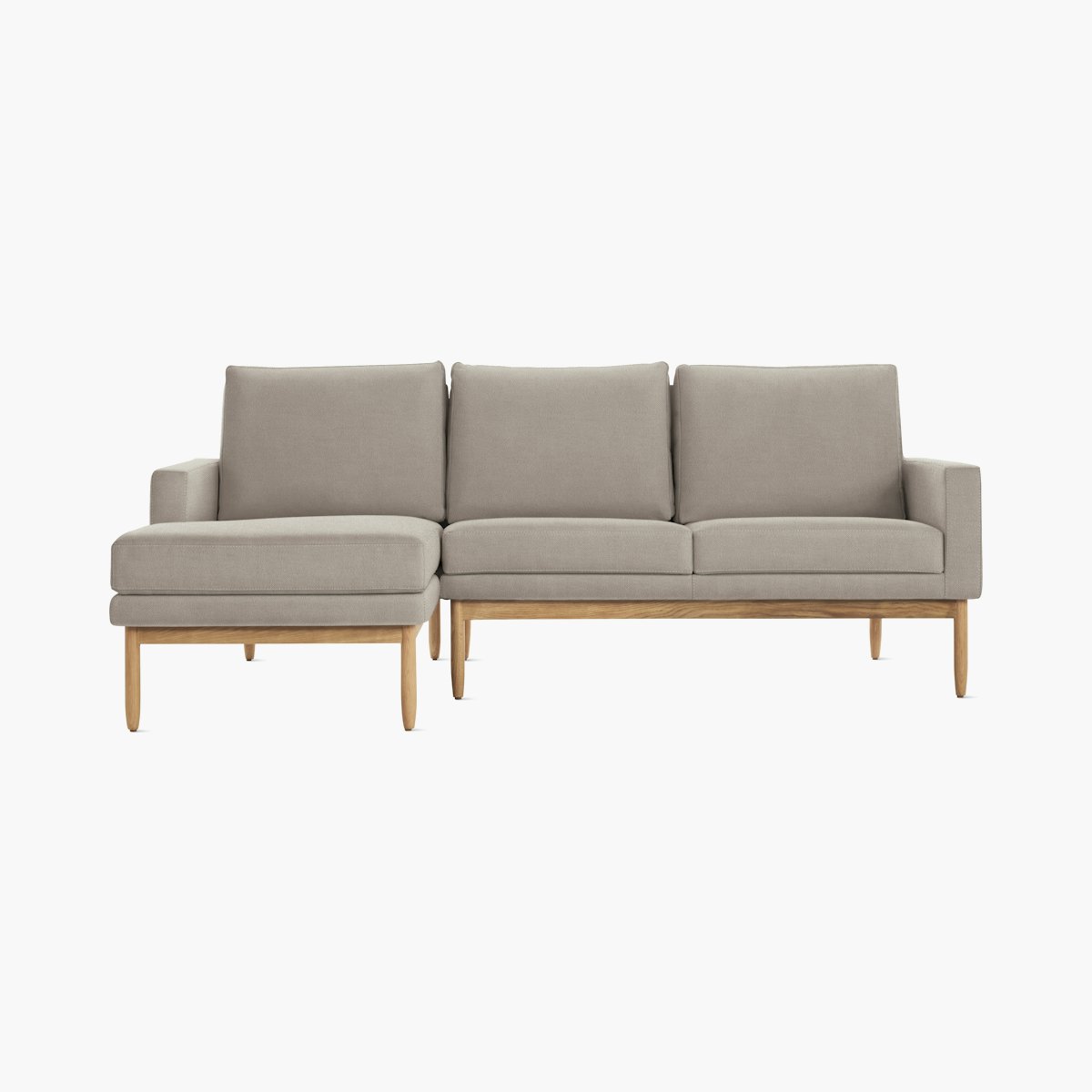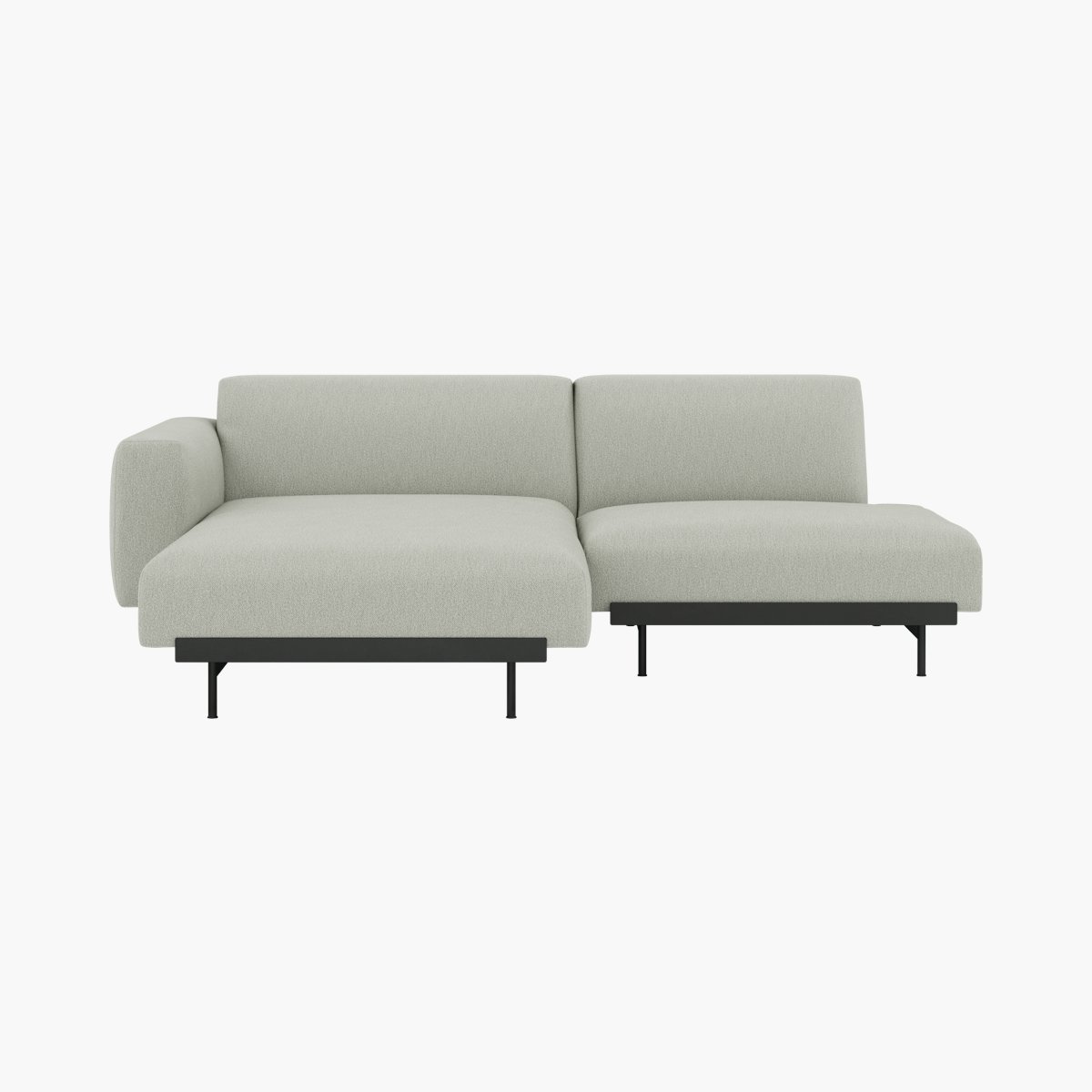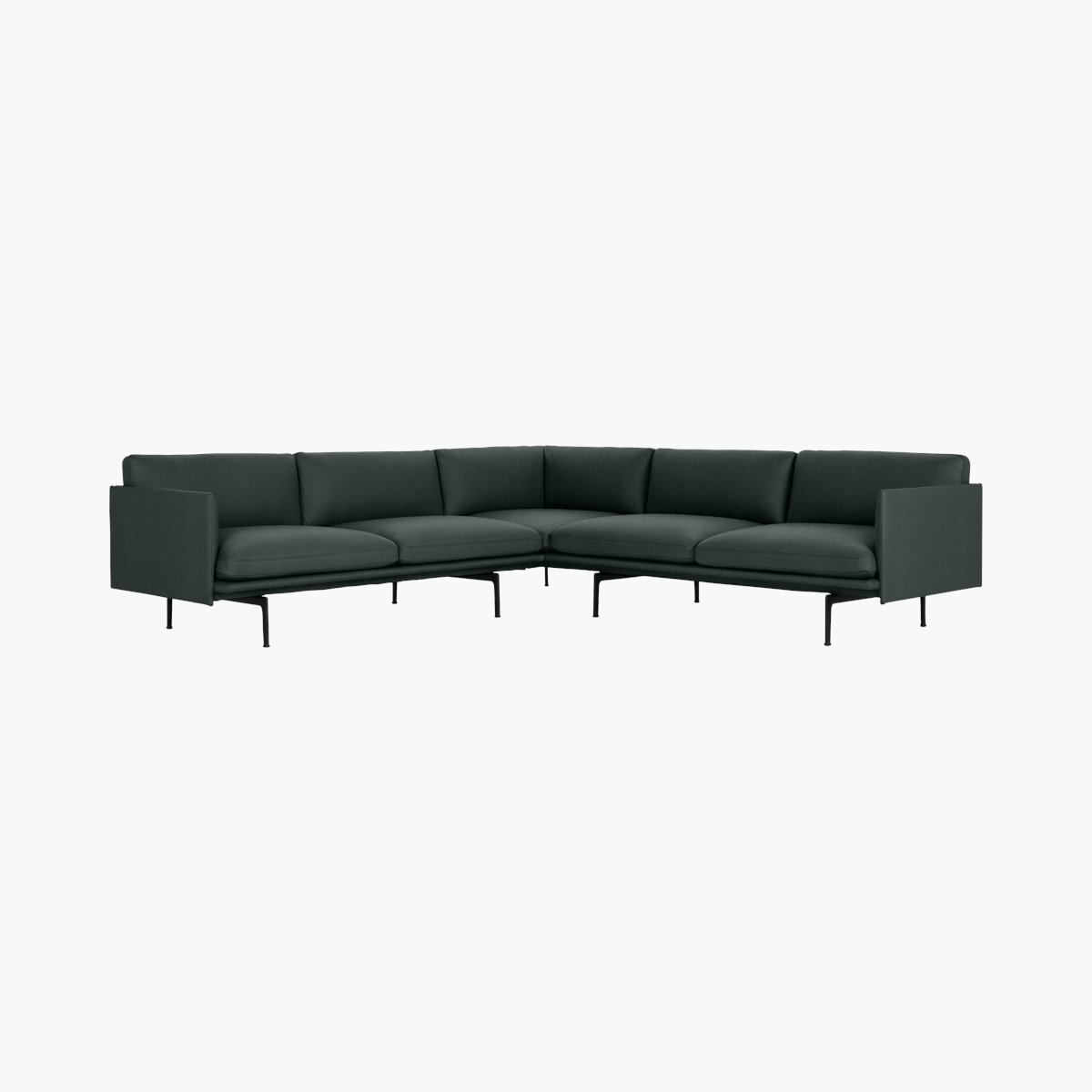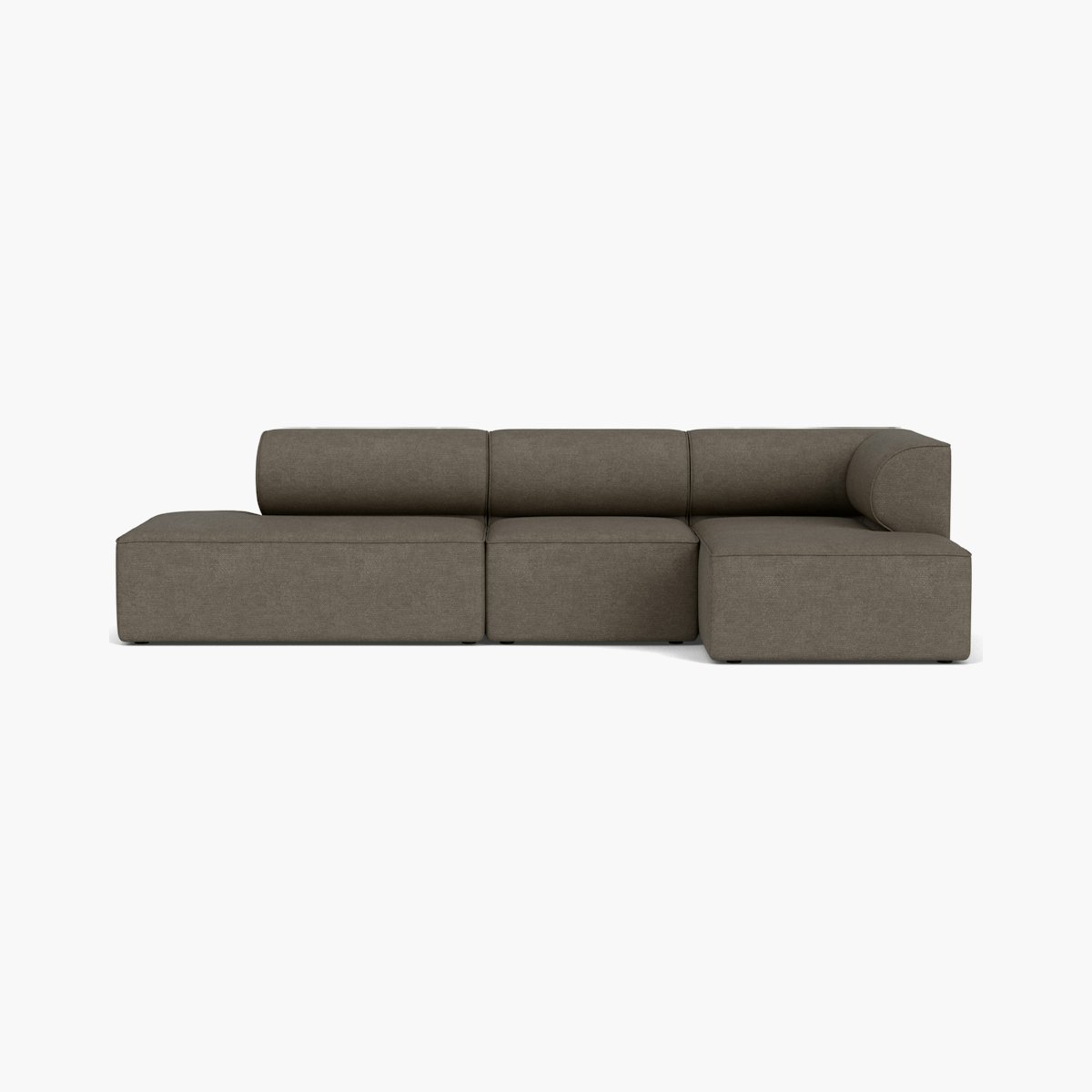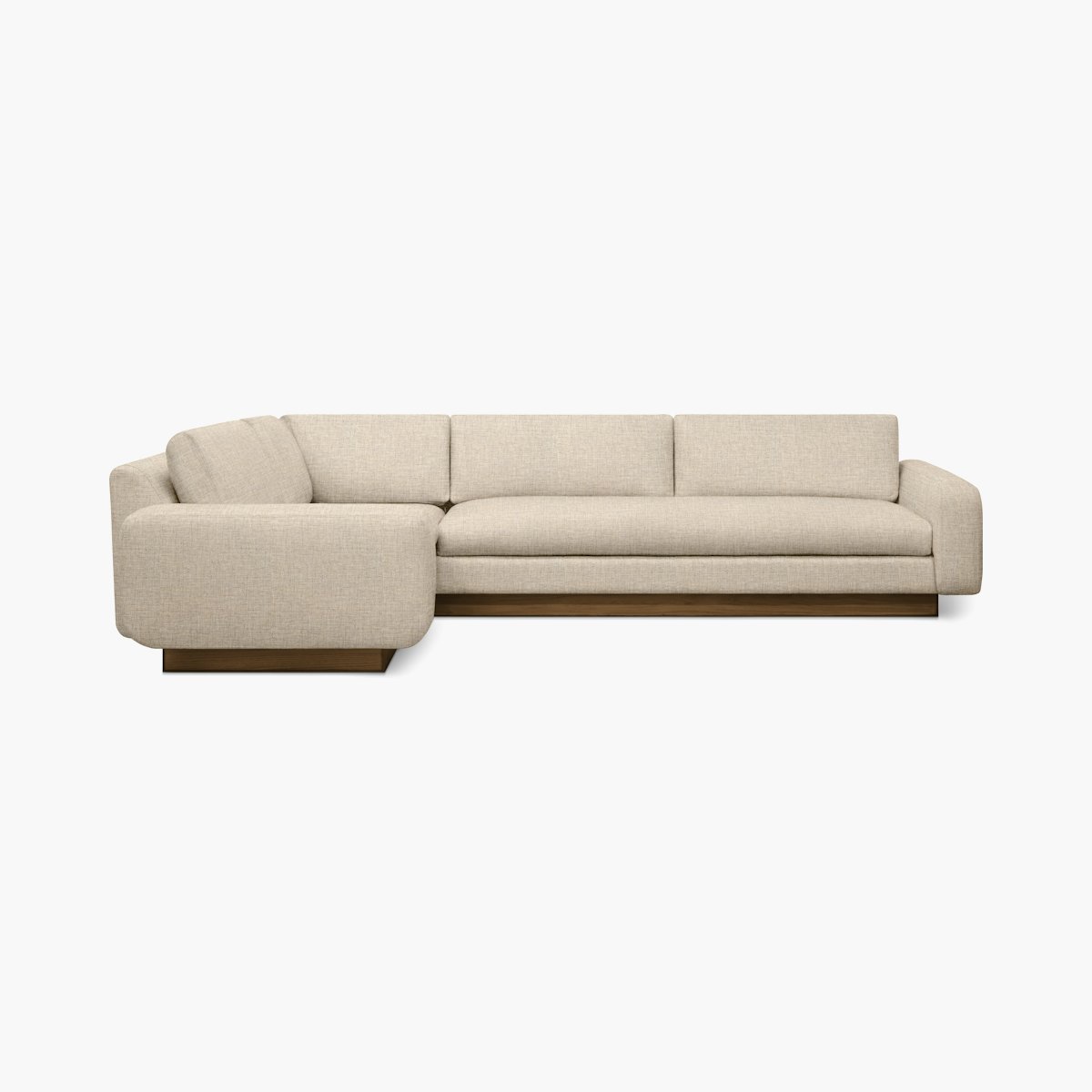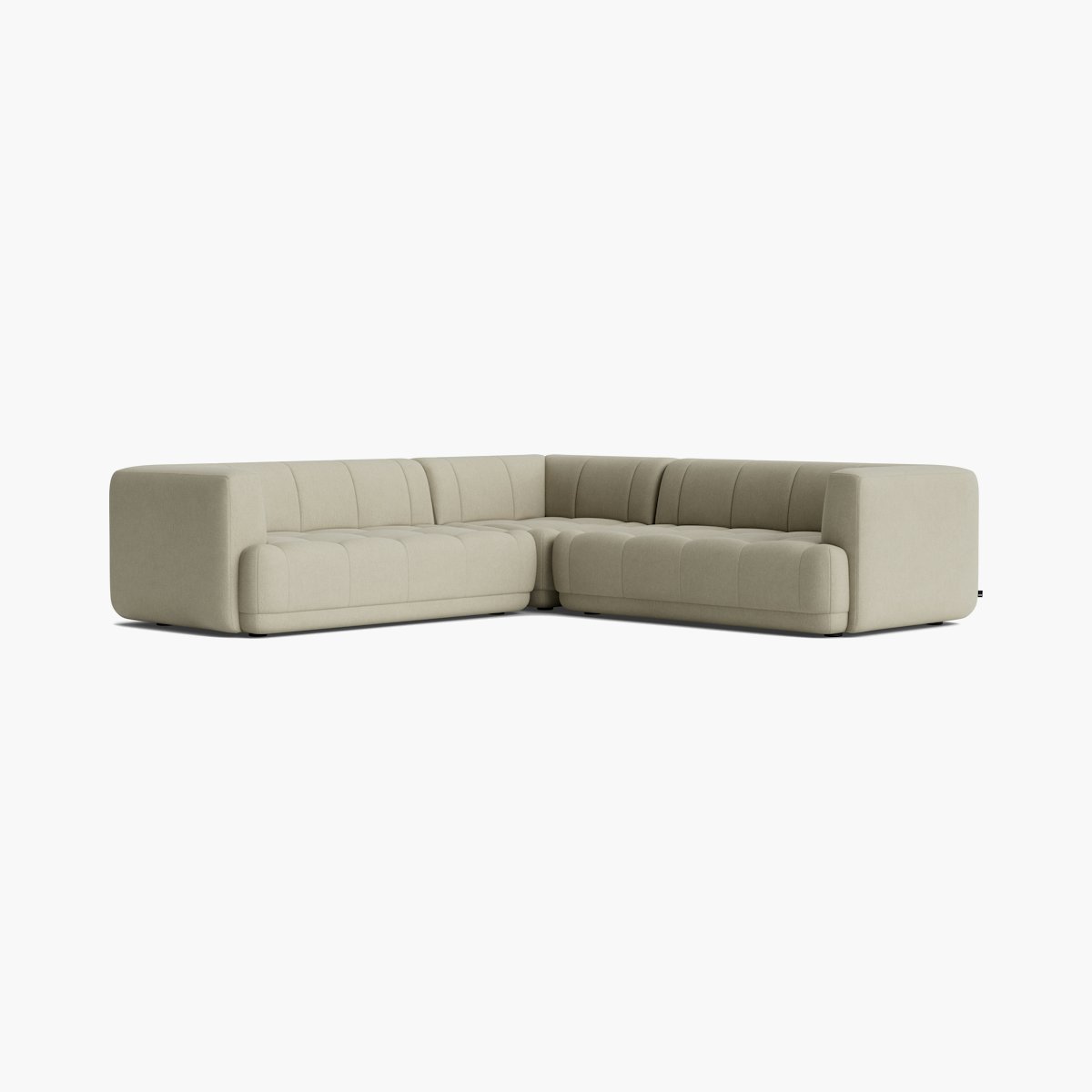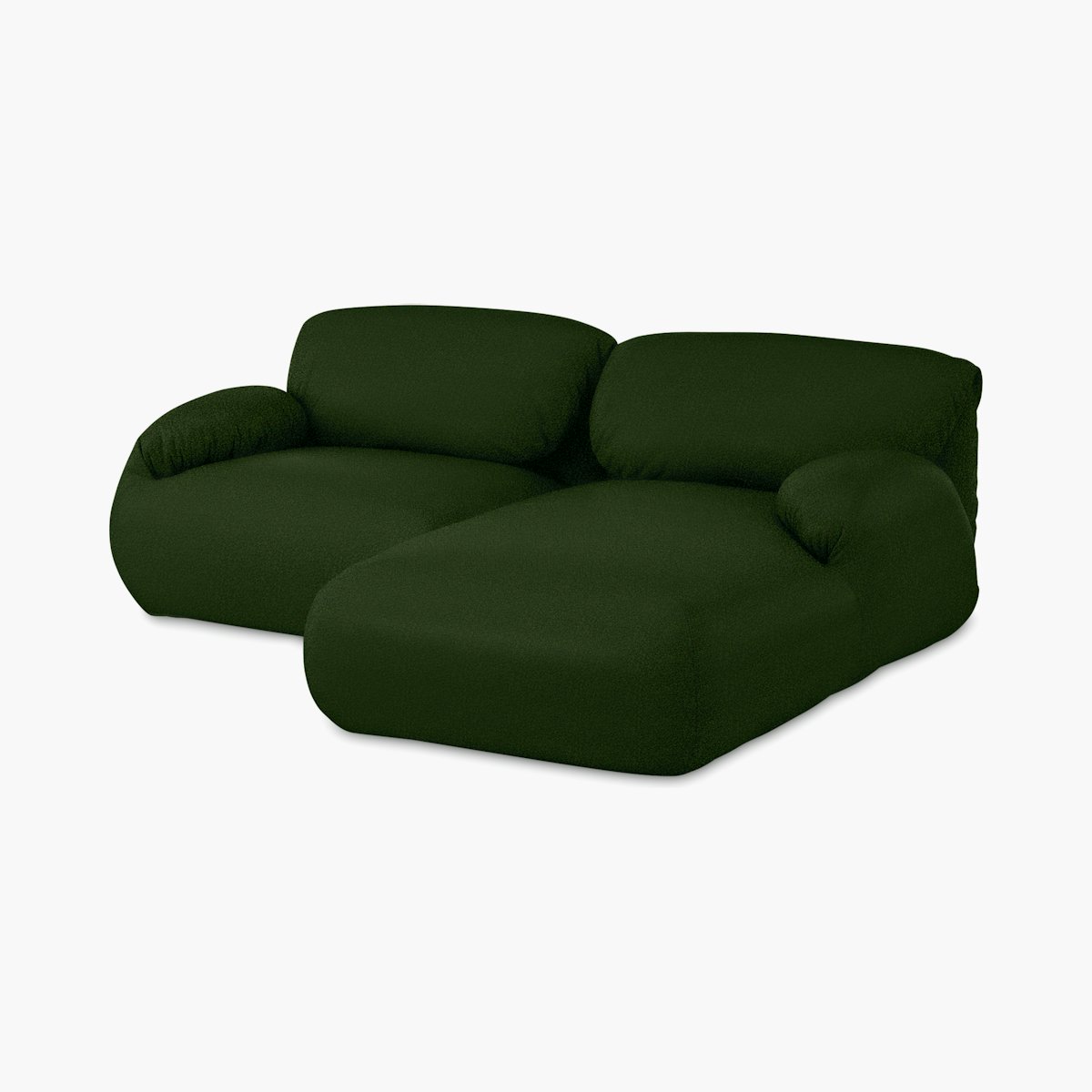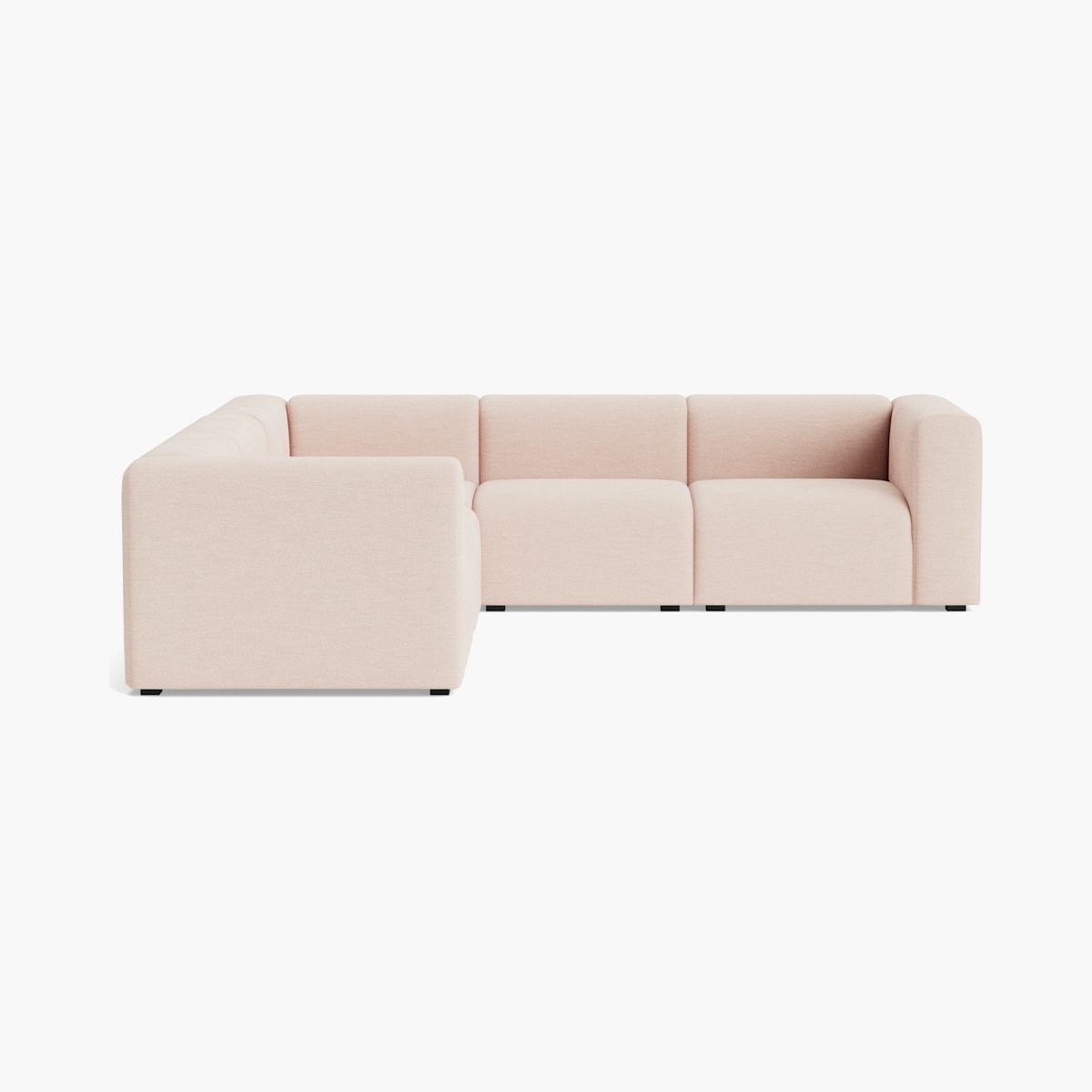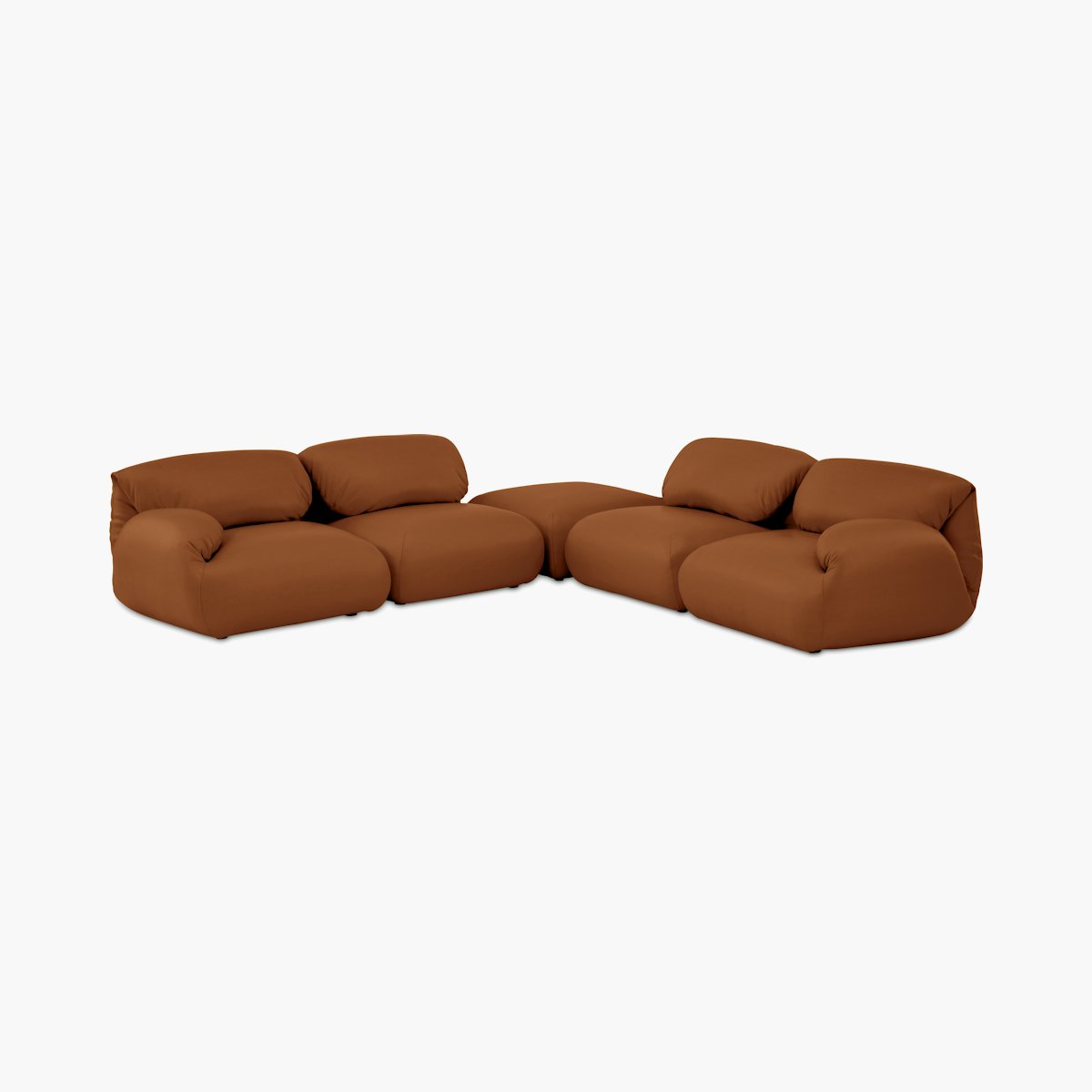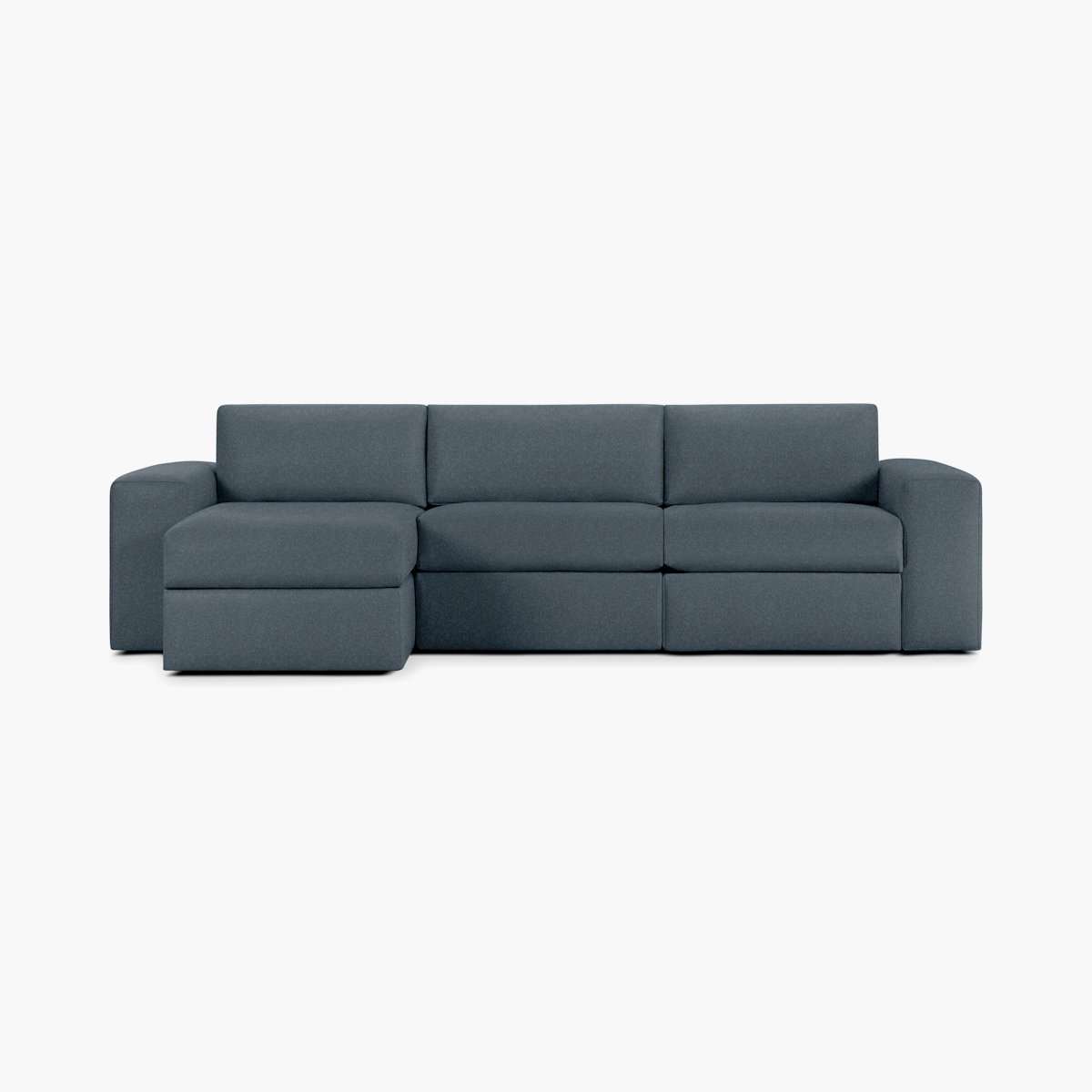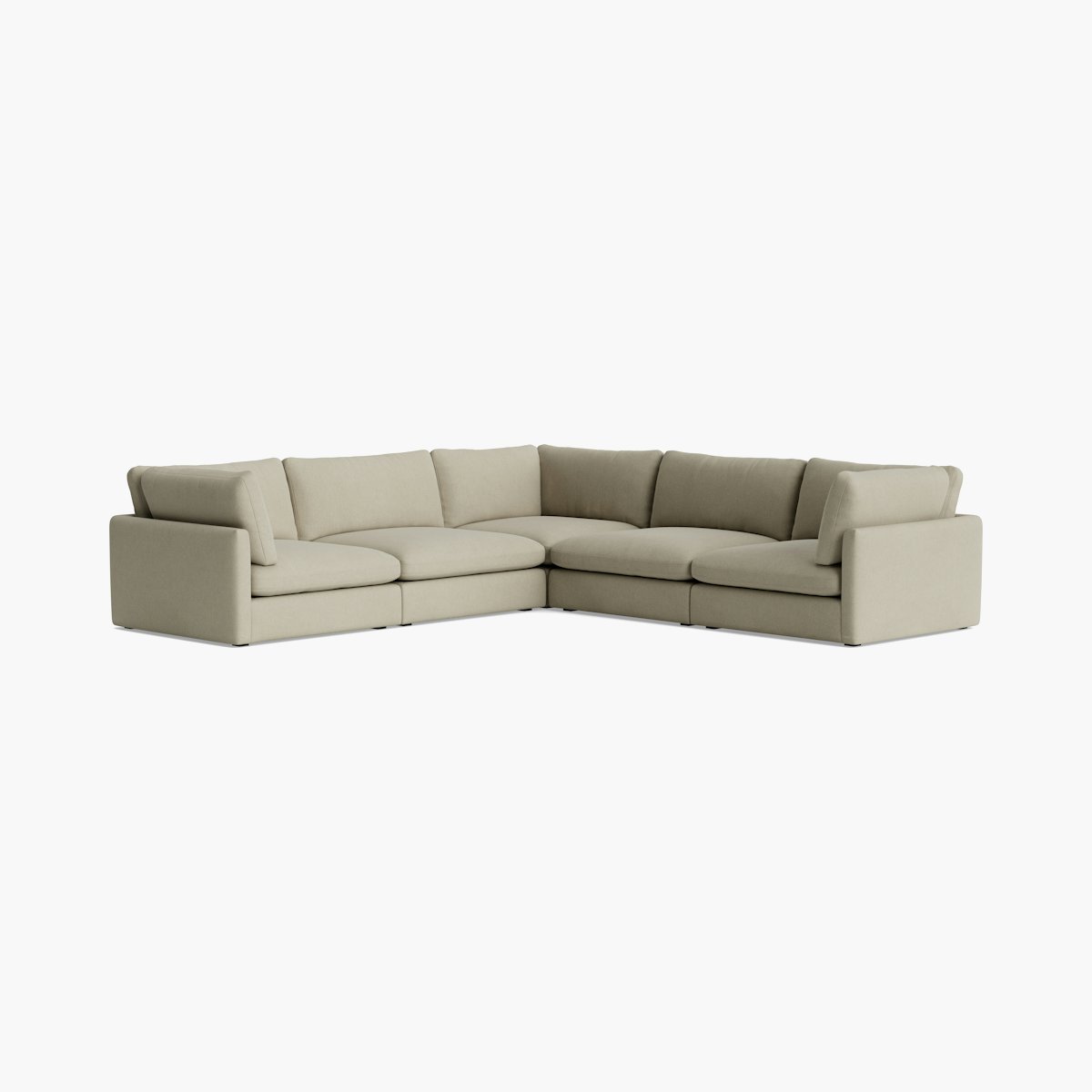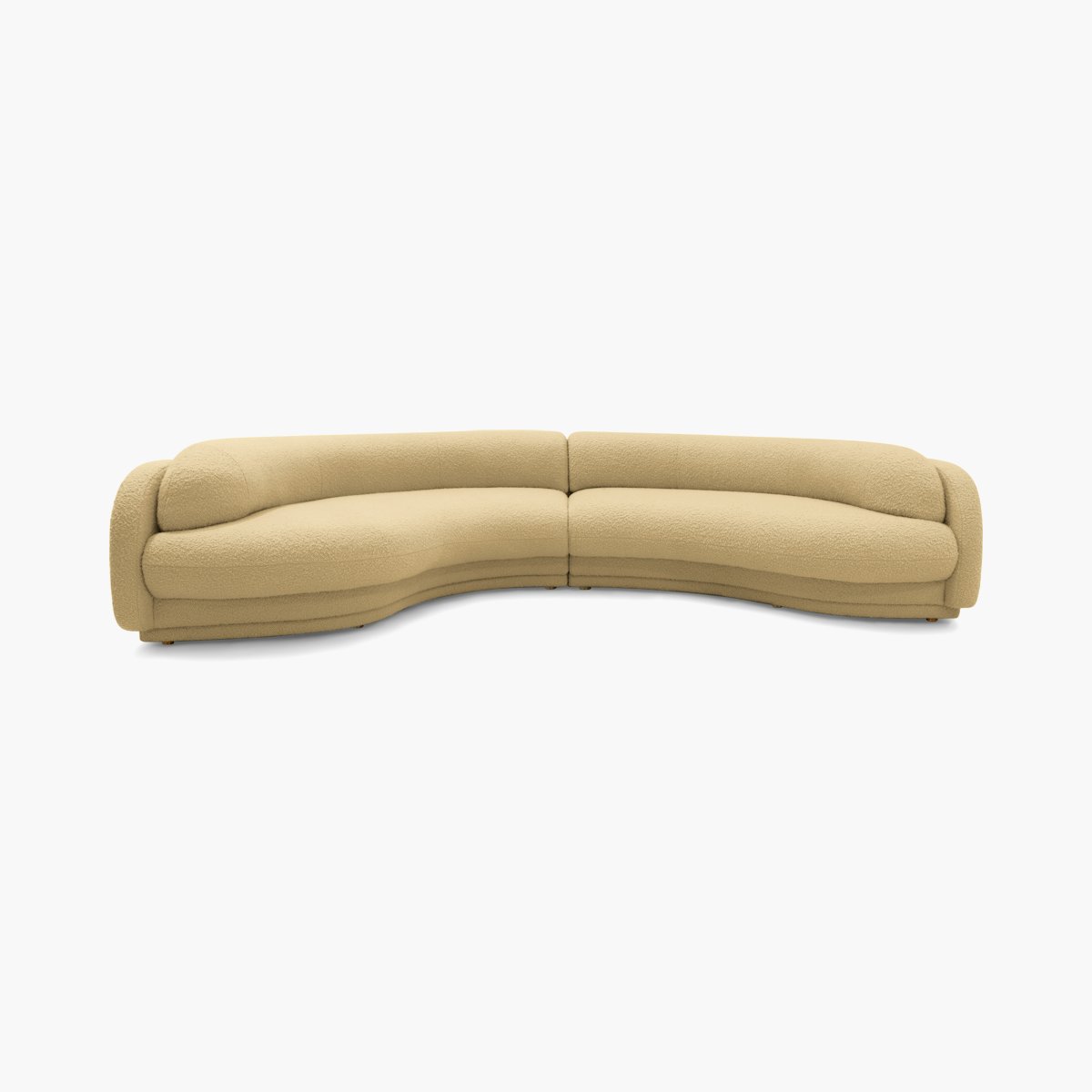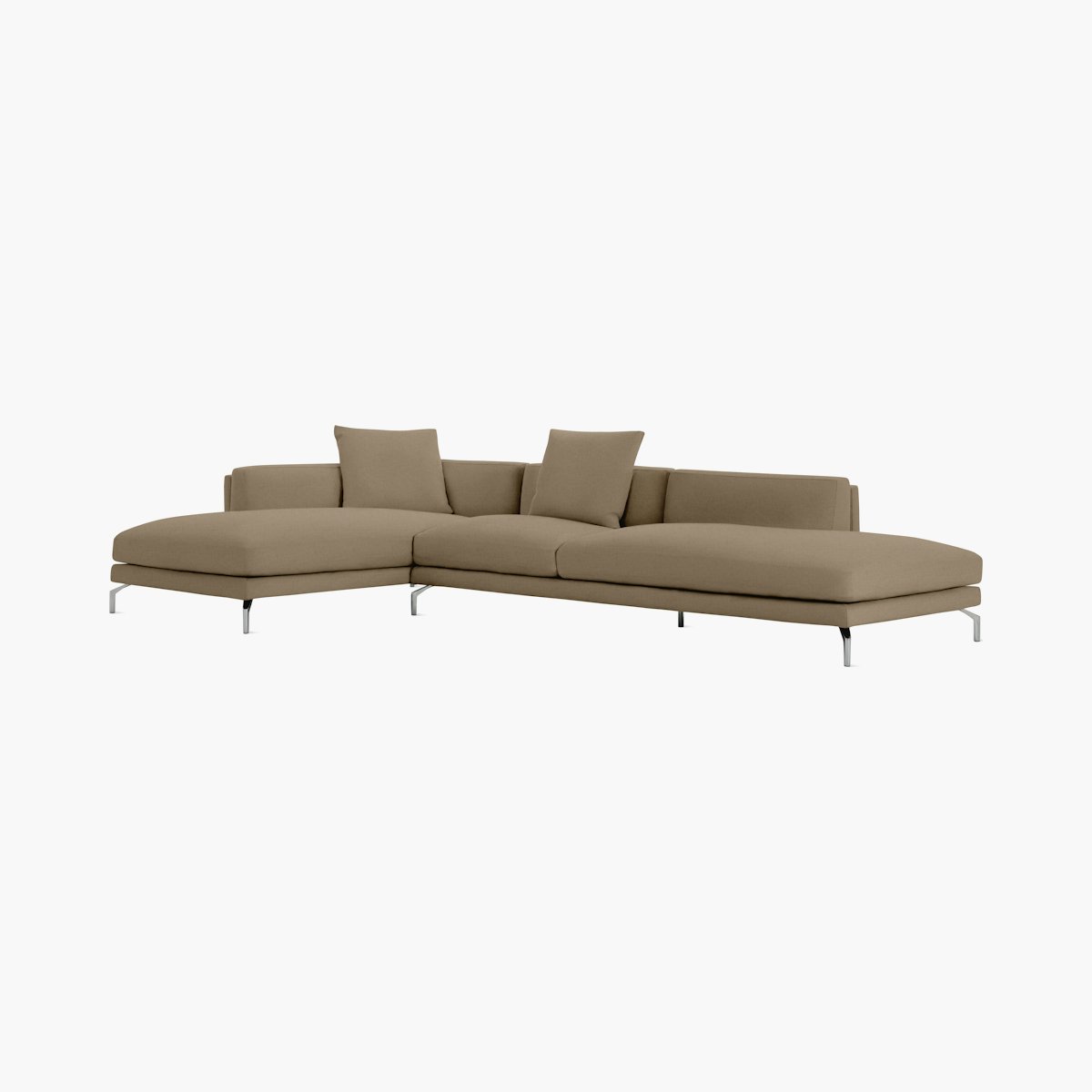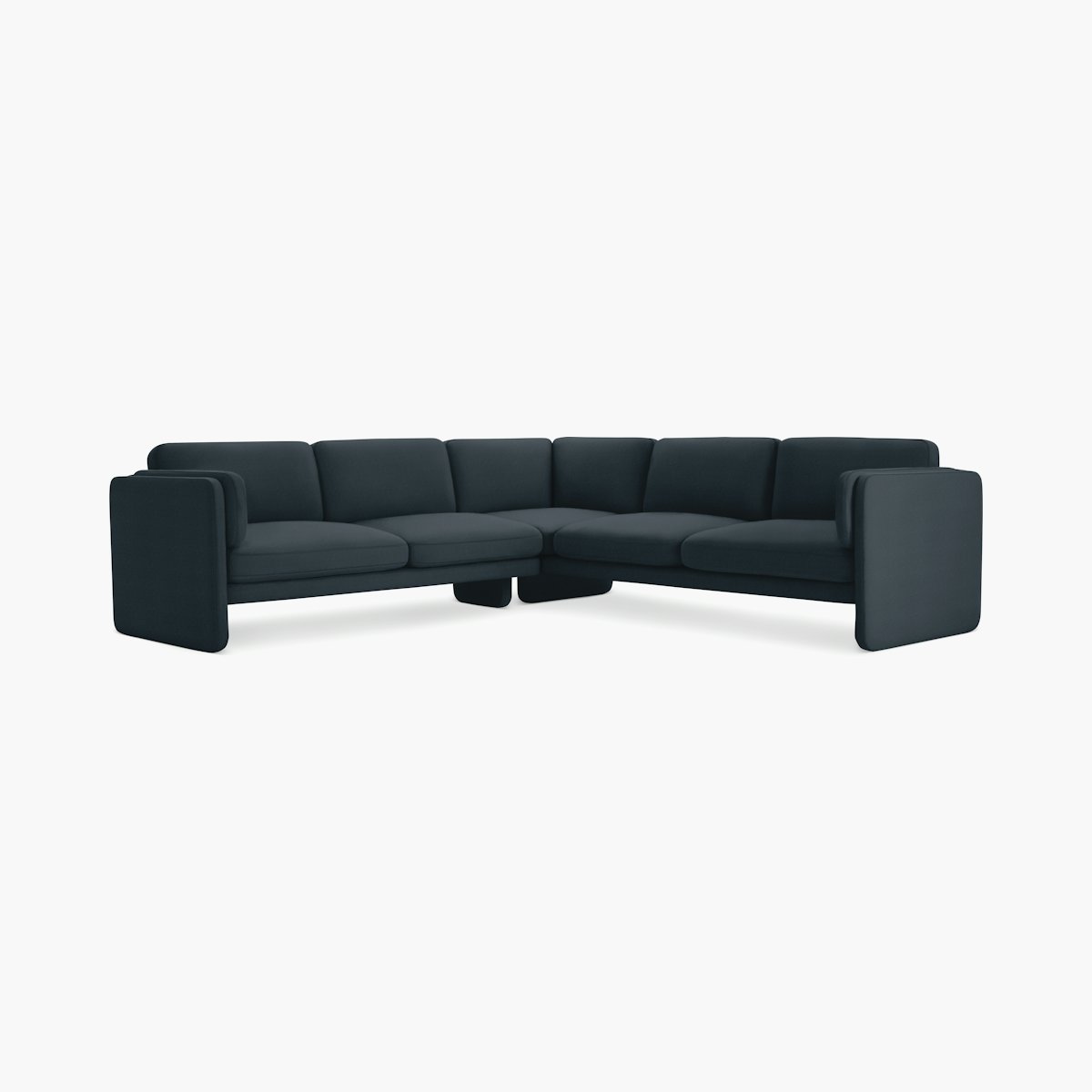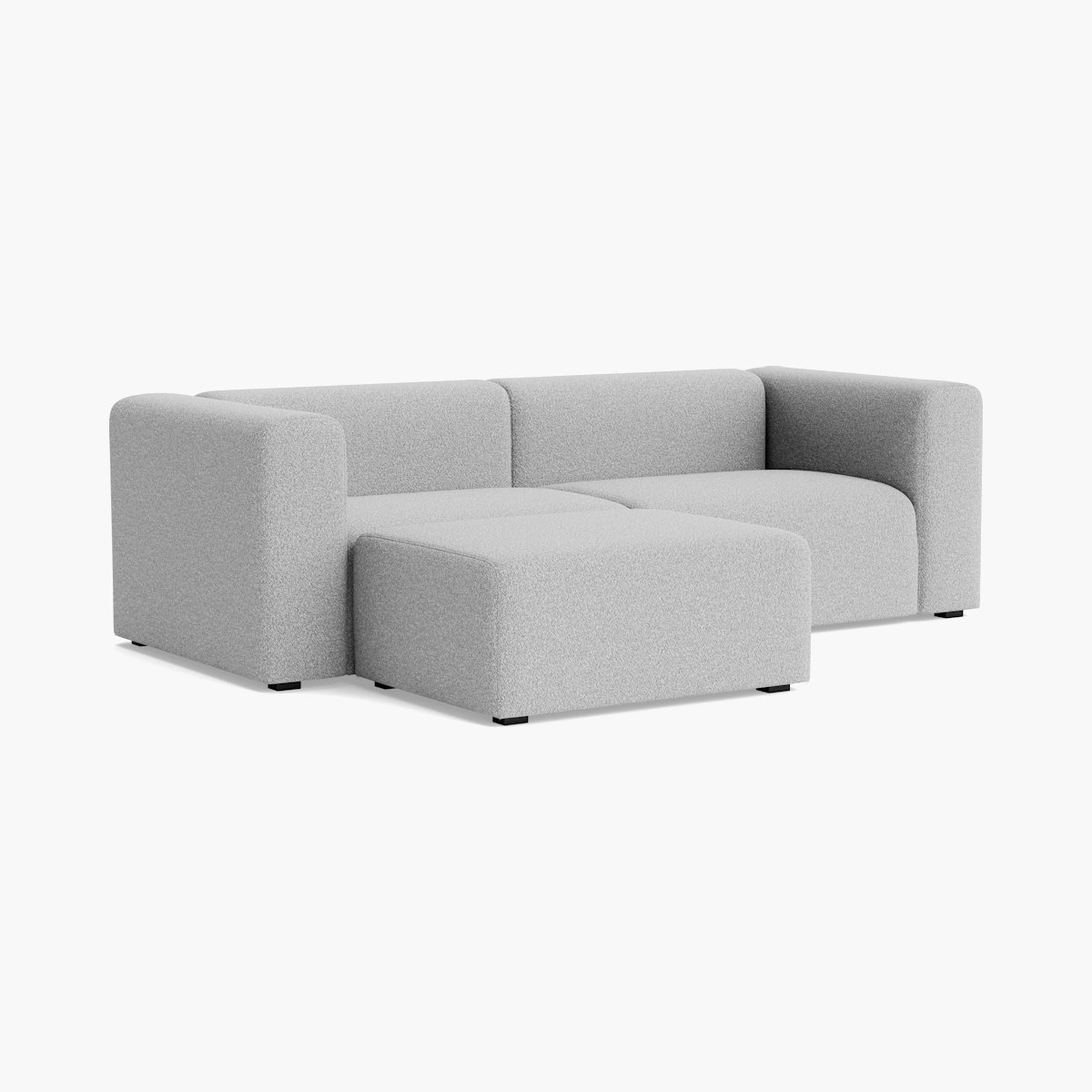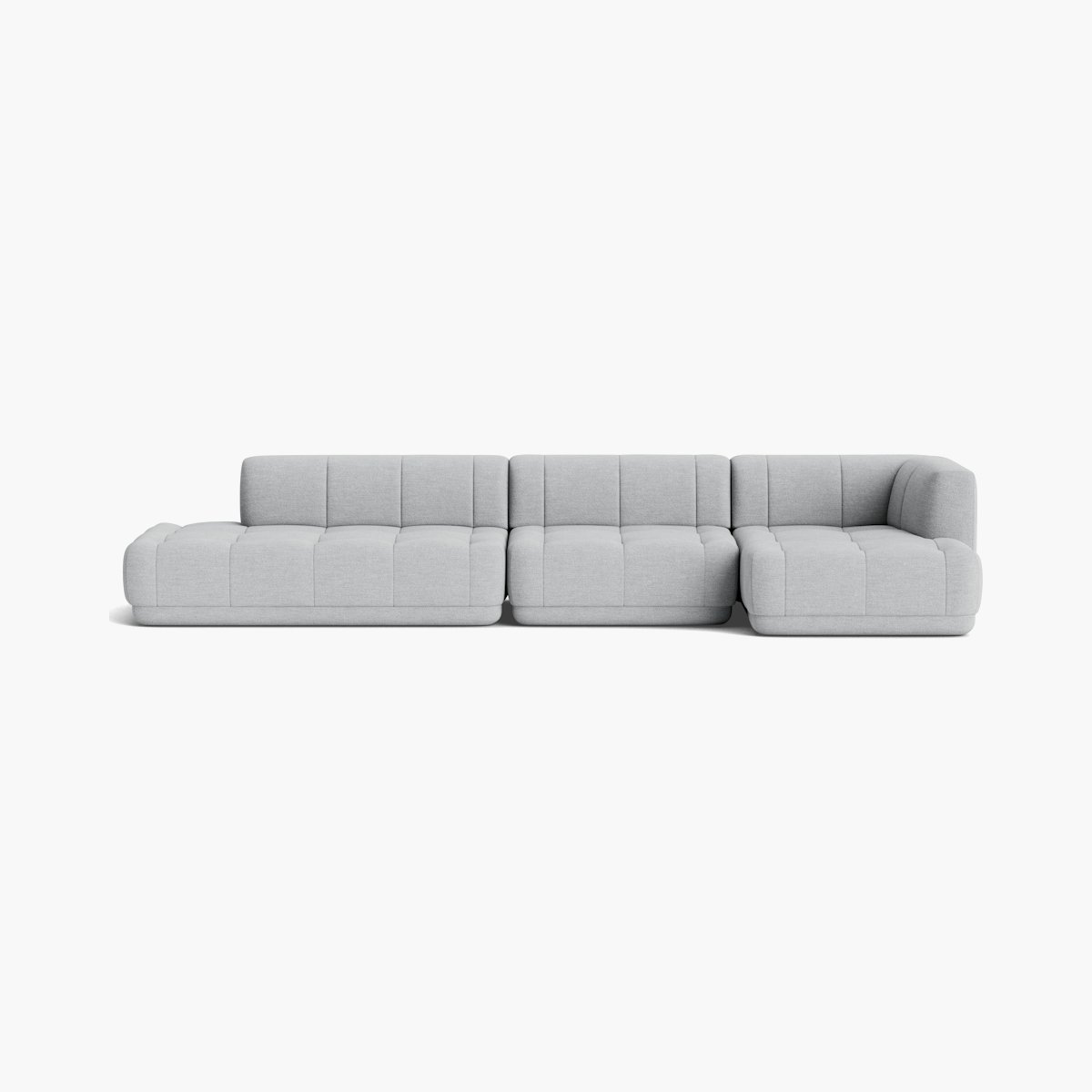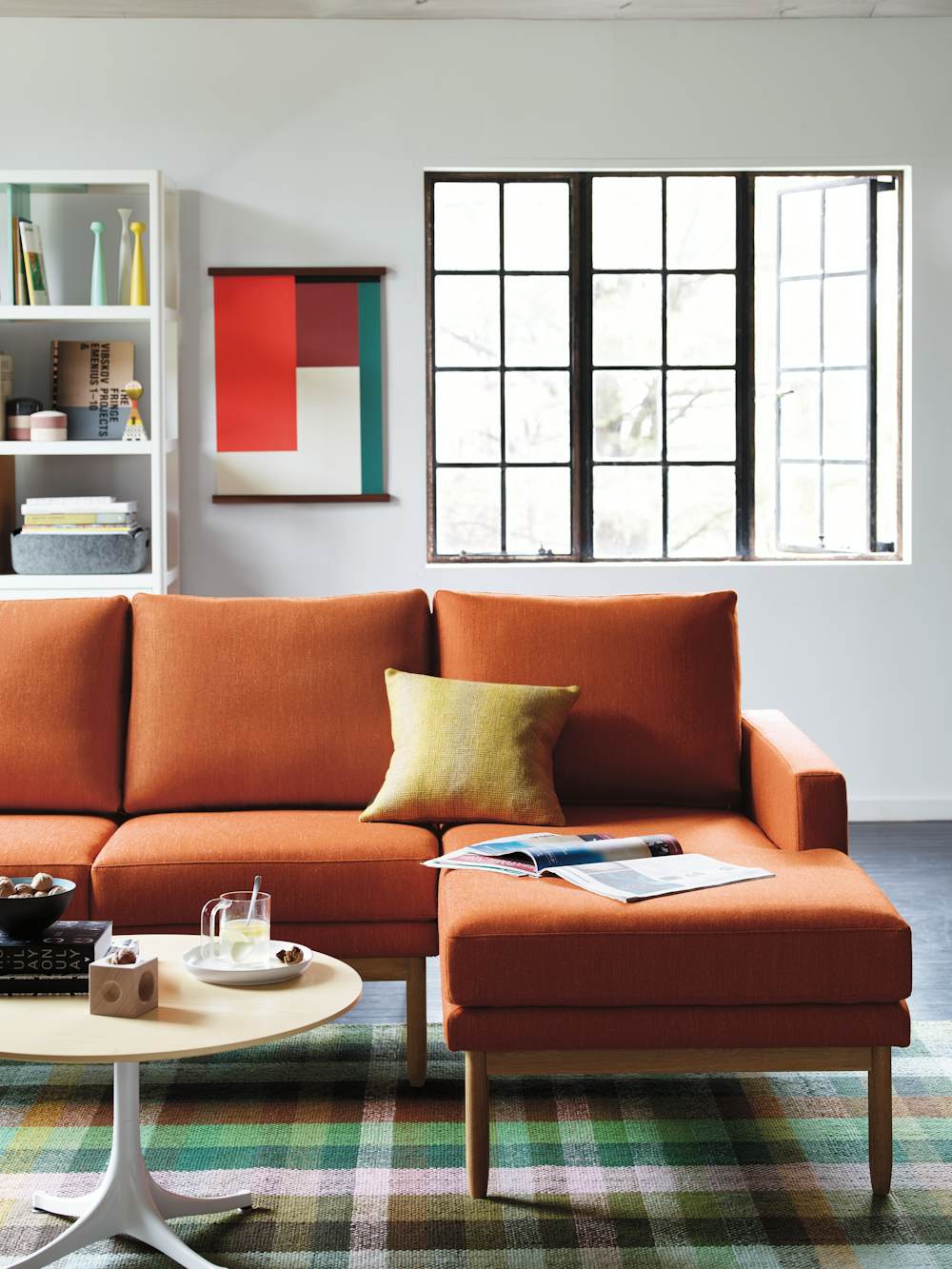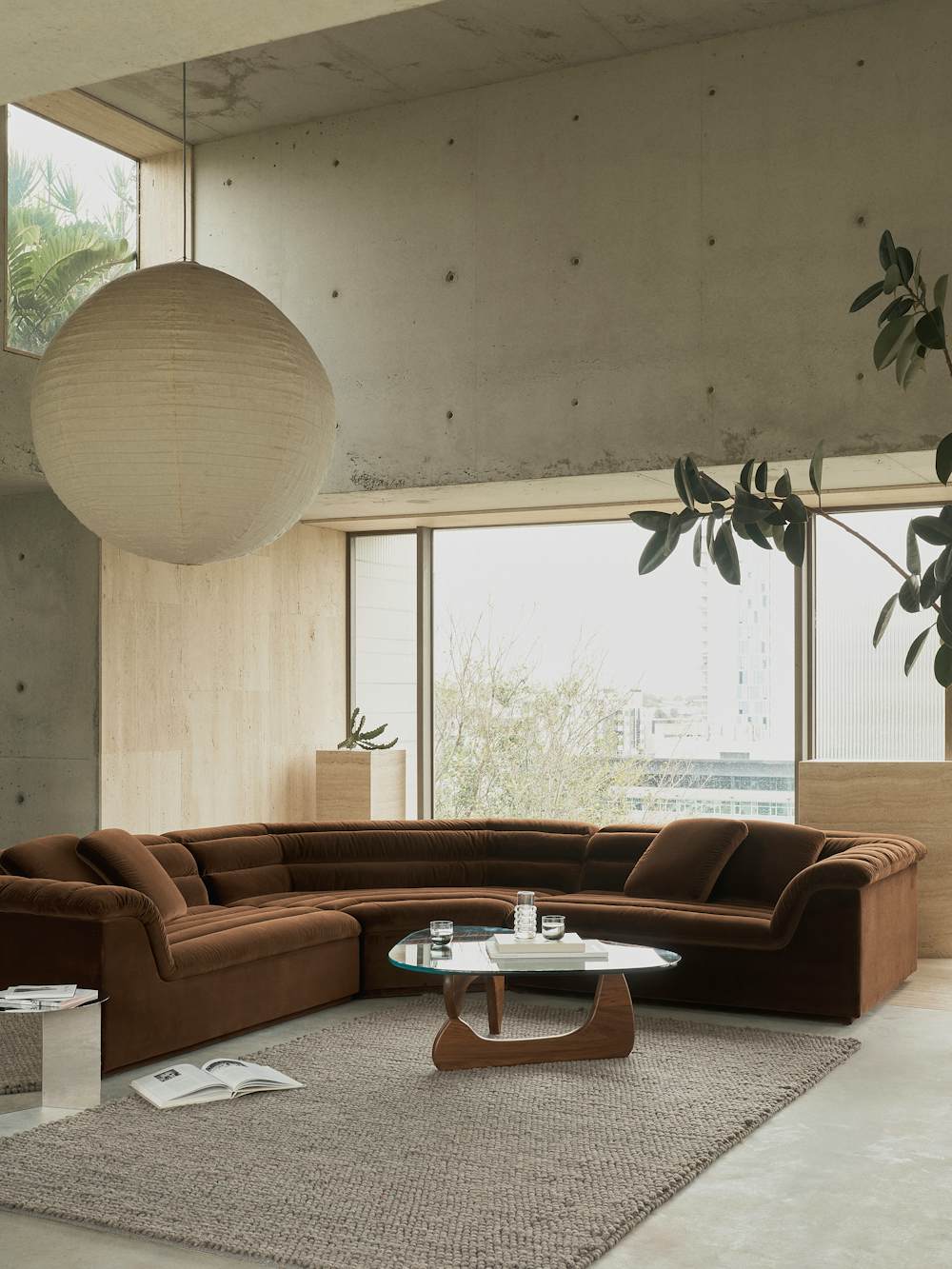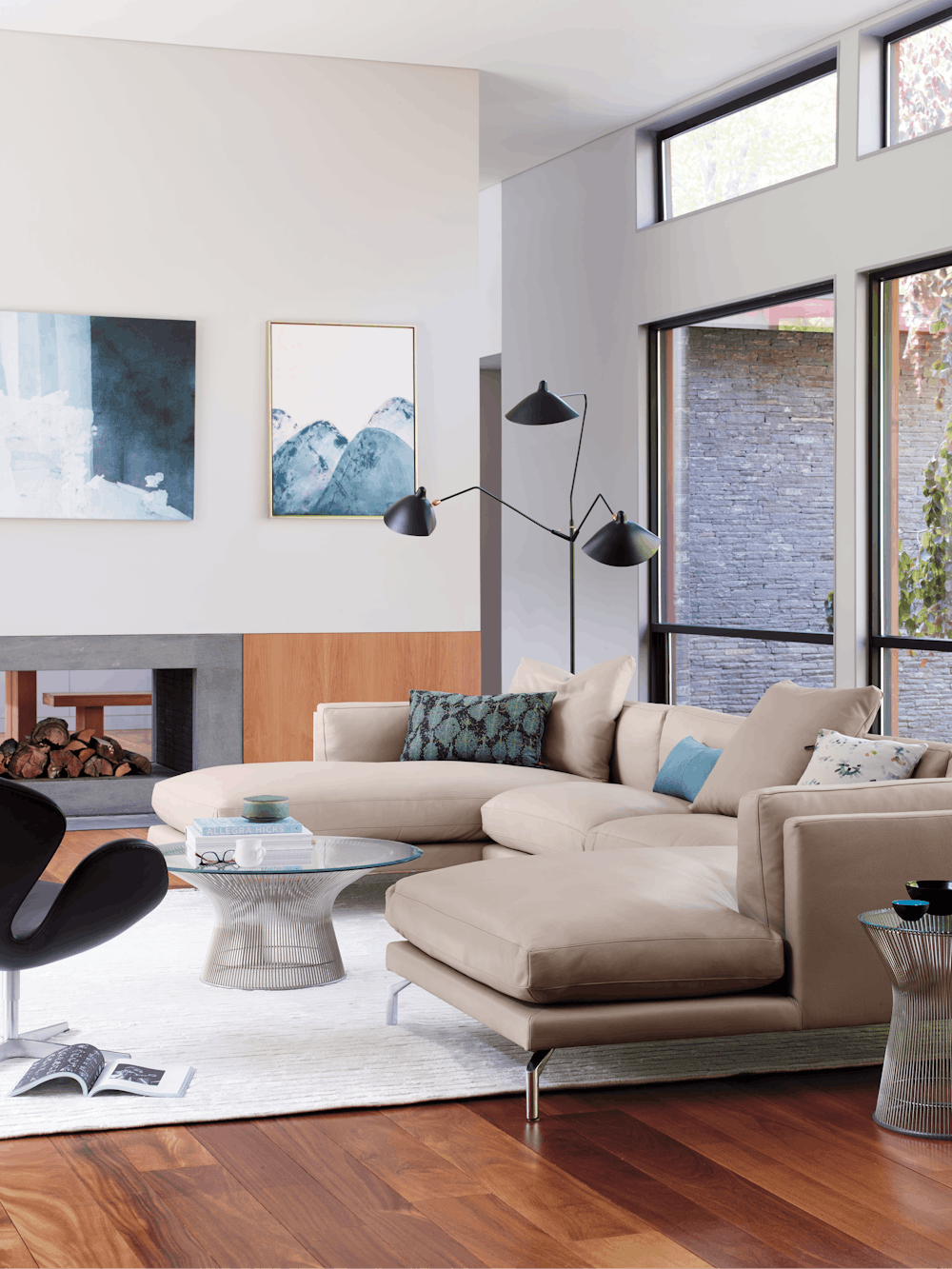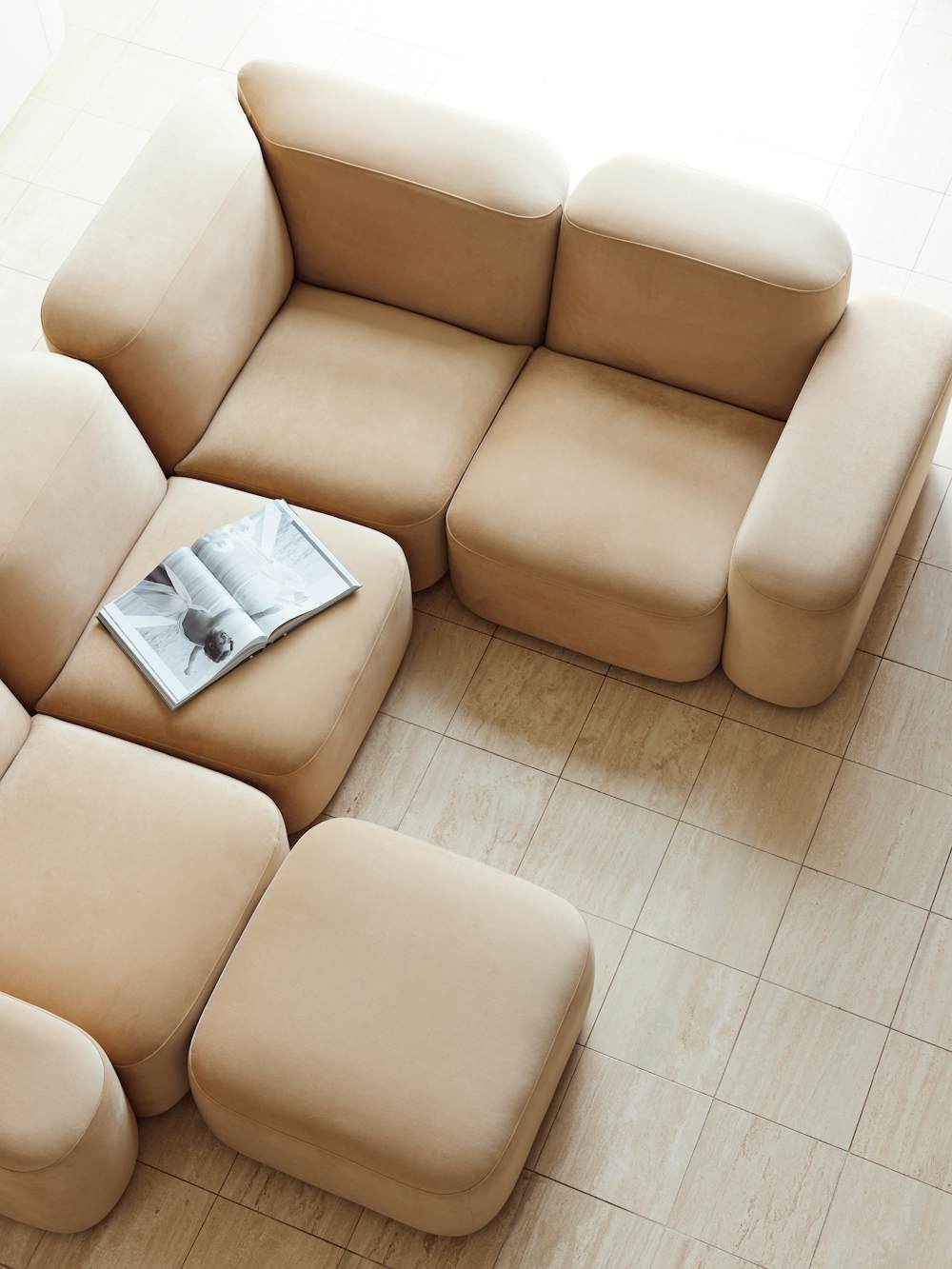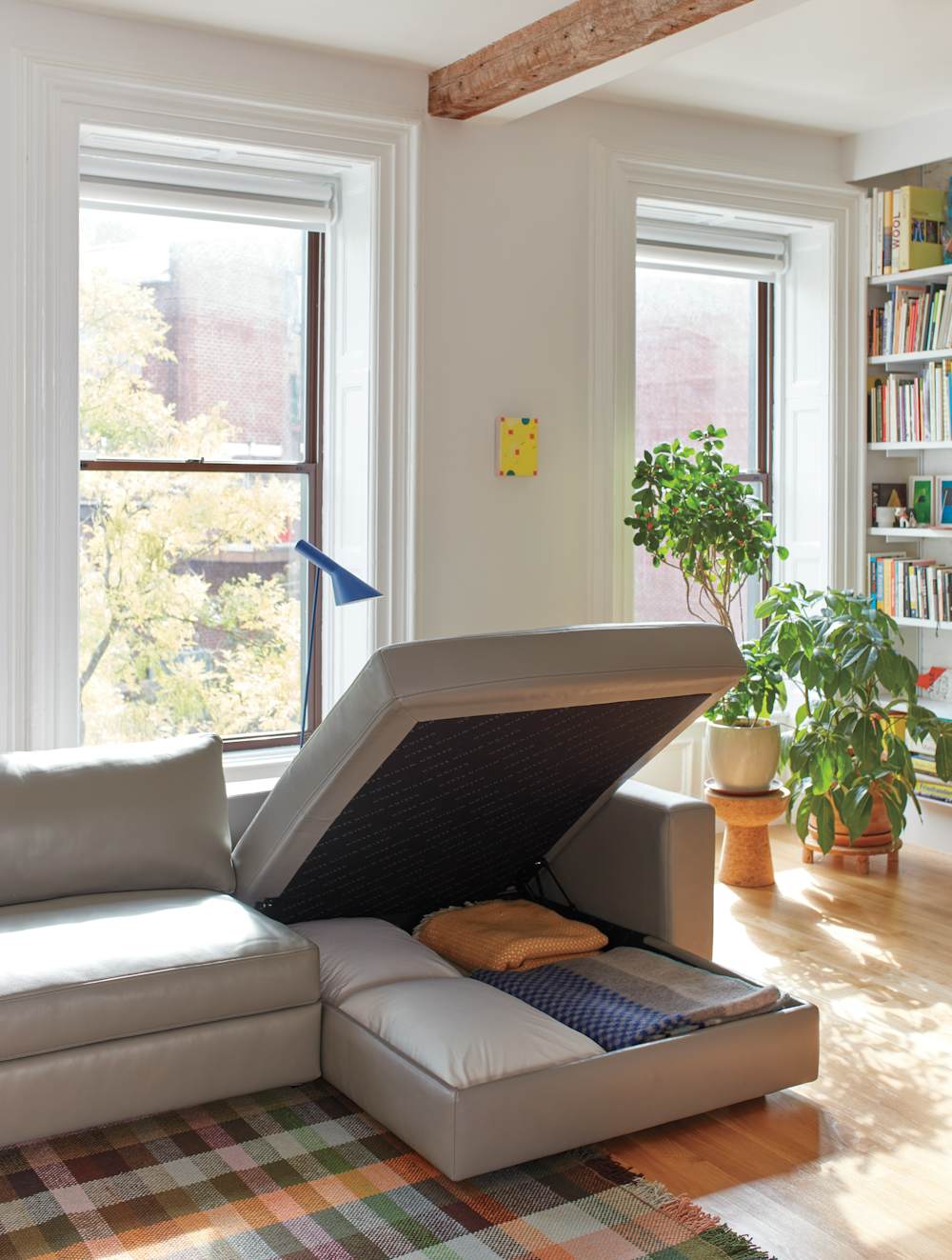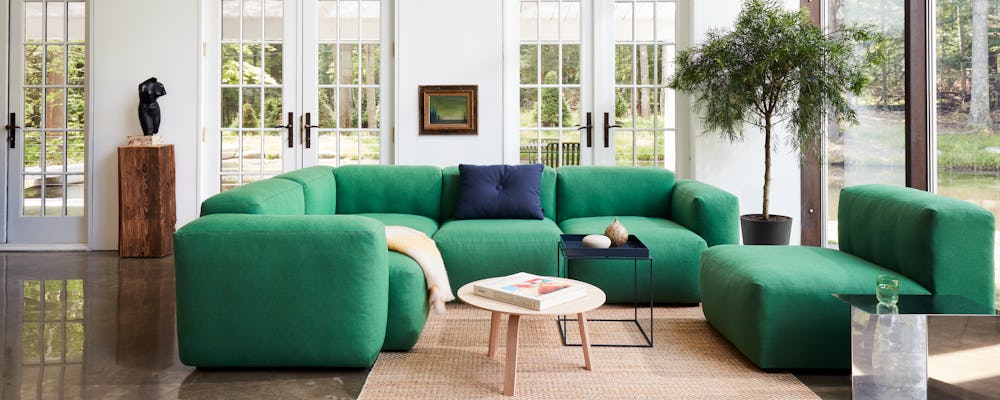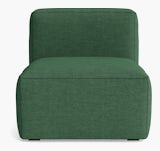View
The Rise of the Modern Sectional Sofa
Spacious, accommodating, and cozy, sectional sofas seem like obvious pieces of living room furniture, ideal for both lounging and entertaining. But they weren’t always obvious – it took a revolutionary design movement to realize the convenience and comfort of the sectional we know and love today.
Stiff Victorian Sitting Rooms
Victorian-era sitting rooms were populated by familiar living room furniture pieces – sofas, loveseats, and settees – but these pieces weren't quite the conversation sets we recognize today. Victorian parlor furniture pieces were fancy and elaborate, designed to showcase a family’s wealth and refinement. And, just like members of Victorian households, these furniture pieces had roles to play: Armchairs were throne-like, designed to seat the head of the household; ladies’ chairs were subordinate, made without arms to encourage proper posture and accommodate wide skirts; side chairs were for children; sofas were hospitable seats designated for guests. Conversation would be had, but it would, like the furniture, be formal and stiff.
The Modular Mid-Century
It wasn’t until the postwar period of the mid-1900s, a time when interior design underwent a radical transformation, that a version of the modern sectional sofa would become popular. Open-concept kitchens and living rooms established central hubs in mid-century homes, where households could entertain guests in a variety of activities. Static living room furniture sets were no longer satisfactory – what mid-century homes needed were versatile seating options that could adapt to a wide range of uses.
The mid-century modern design movement was aptly suited to solving this problem. MCM designers rejected traditional opulence and formality in favor of functional, affordable furniture pieces that could actually meet households’ evolving needs. Modular furniture – furniture pieces made of components that could be separated and reattached in a variety of configurations – was born. Building on human- and household-centered design concepts introduced by Gilbert Rohde in his first collection for Herman Miller, American designer Harvey Probber is cited as having invented the mid-century modern sectional sofa with his 1946 modular sofa collection the Sert Group. In the mid-1900s, modular sectionals became ubiquitous living room furniture pieces, enabling households to arrange and rearrange their seating options as needed for entertaining.
A Return to Static Sectionals
The only constant is change, though, and as television sets became more and more popular in American households in the mid-to-late 1950s, modular living room furniture fell out of style. Then, having seating options that could be moved around became less important than having high-capacity sofas that could ensure each member of the family could see the TV from where they were sitting. Furniture manufacturers developed monolithic L- and U-shaped sectional sofas and sofas with chaises to answer this need.
Today, living rooms are as versatile as ever. Following the COVID-19 pandemic, homeowners have a renewed appetite for open-concept floorplans with multipurpose spaces for living, working, and entertaining. Young renters that may move often and/or inhabit smaller apartments are seeking adaptable seating solutions with visual appeal. Now, sofas and sectionals must answer more questions than ever: Which is better for pets, a fabric sectional or a leather sectional? What sectional arrangement is best if a living room must double as an office? What about a living room that must double as a dining room? Will I be able to have the sectional I want delivered to my four-story walk-up? Will it fit through my door? For the answers to these questions and more, read our Sofas + Sectionals Buying Guide or contact a Design Concierge and shop modern and contemporary sectional sofas at Design Within Reach.
